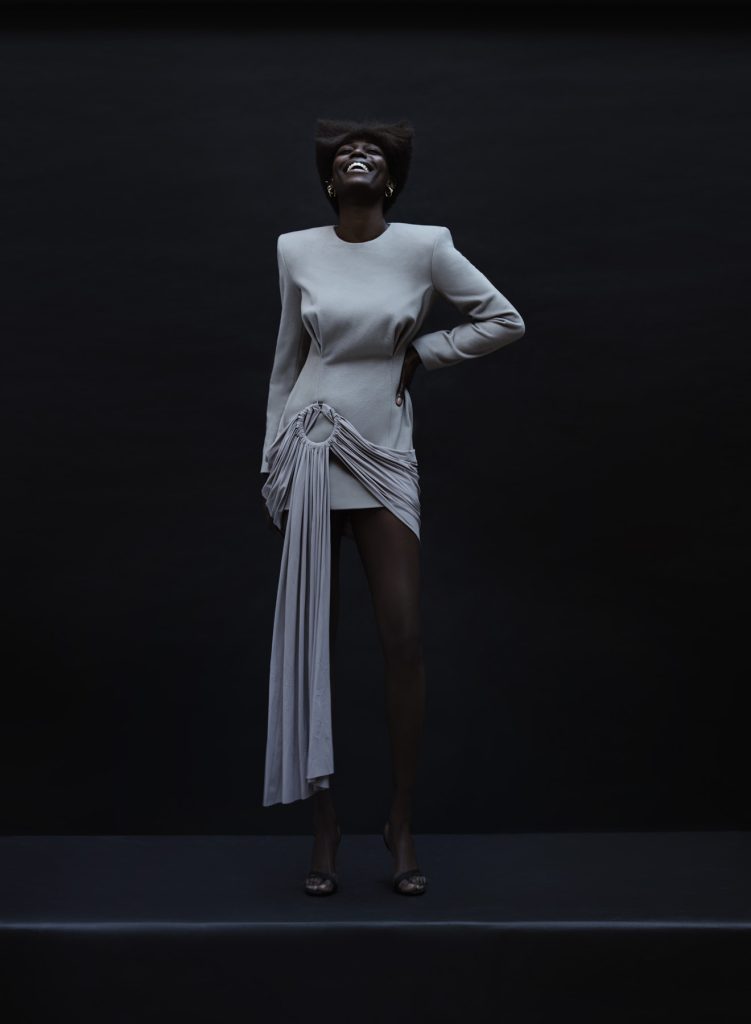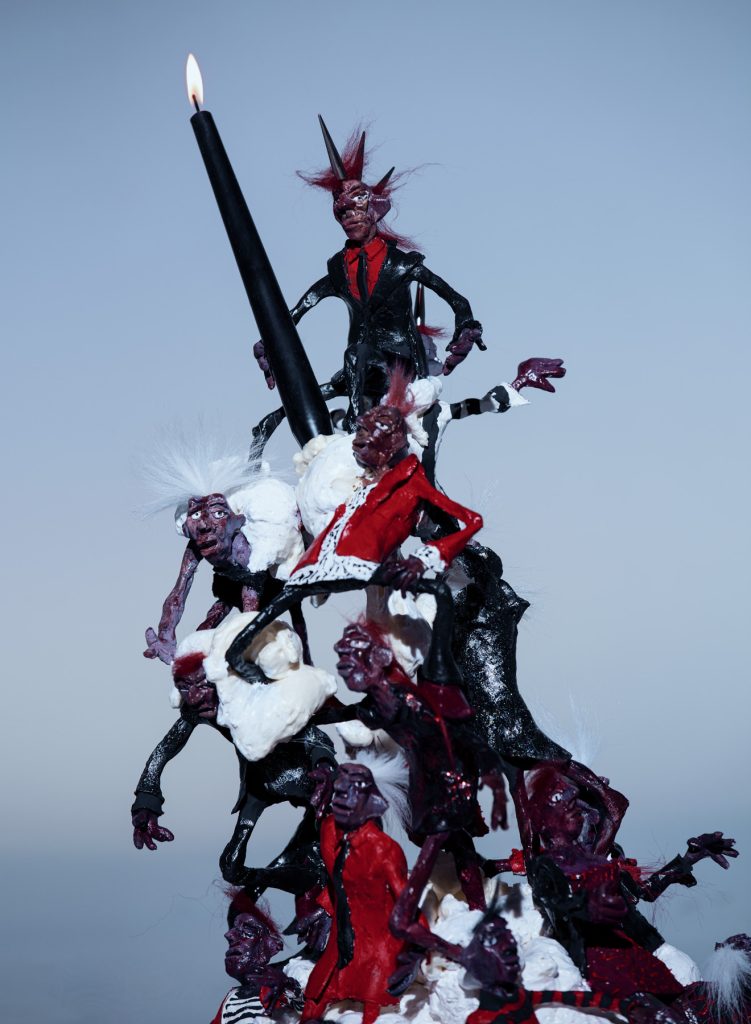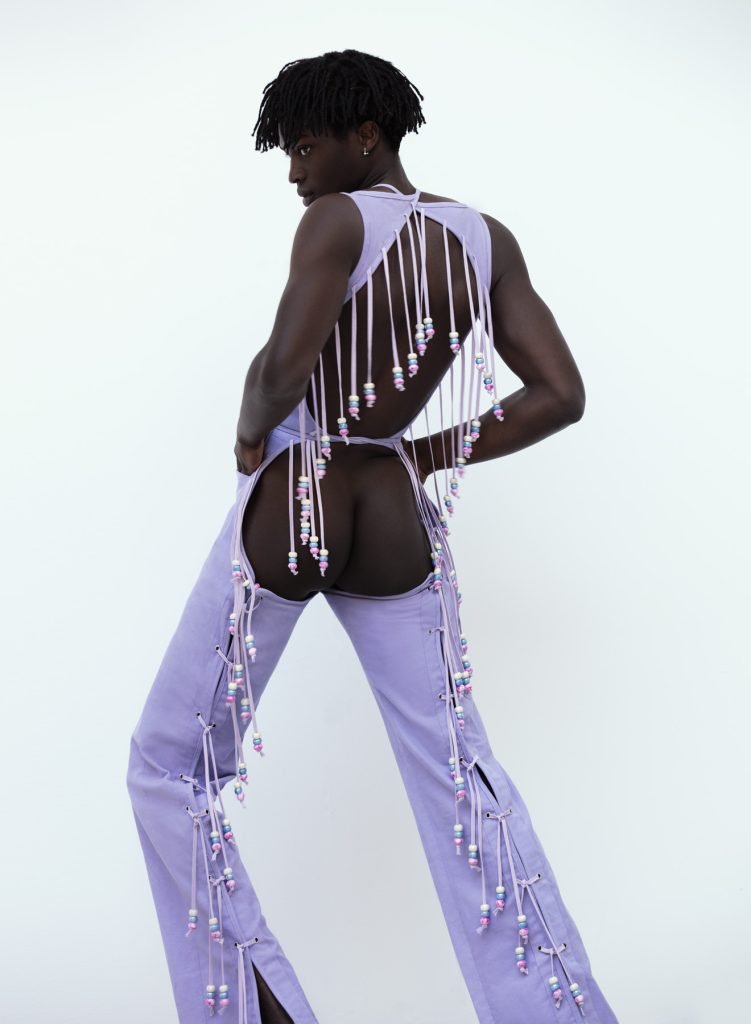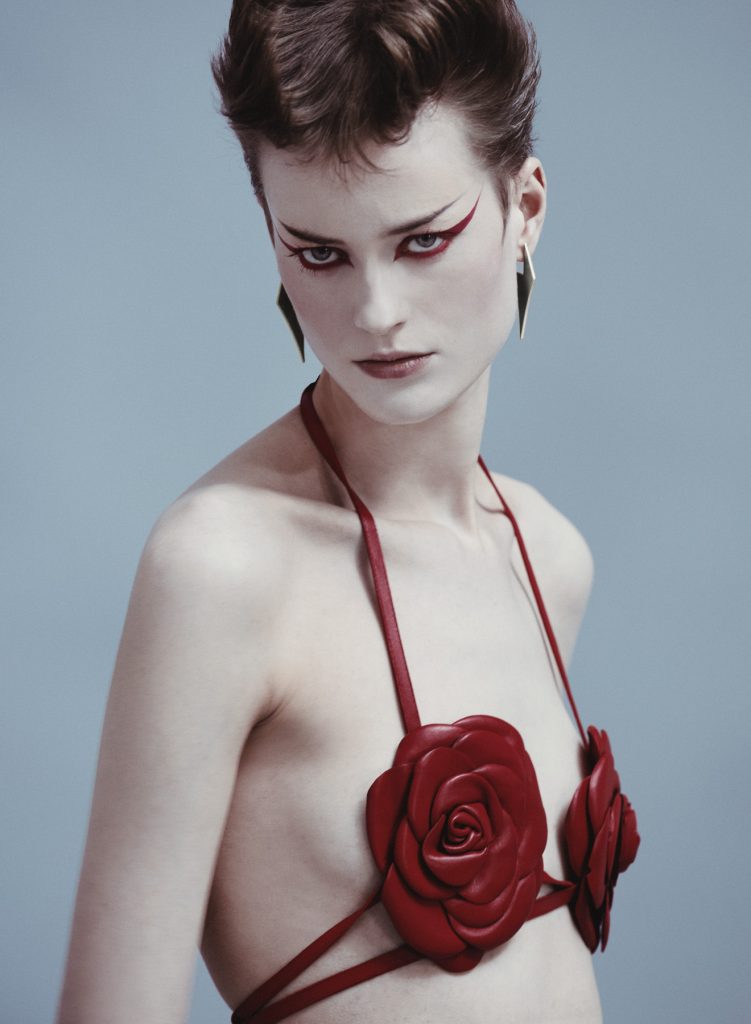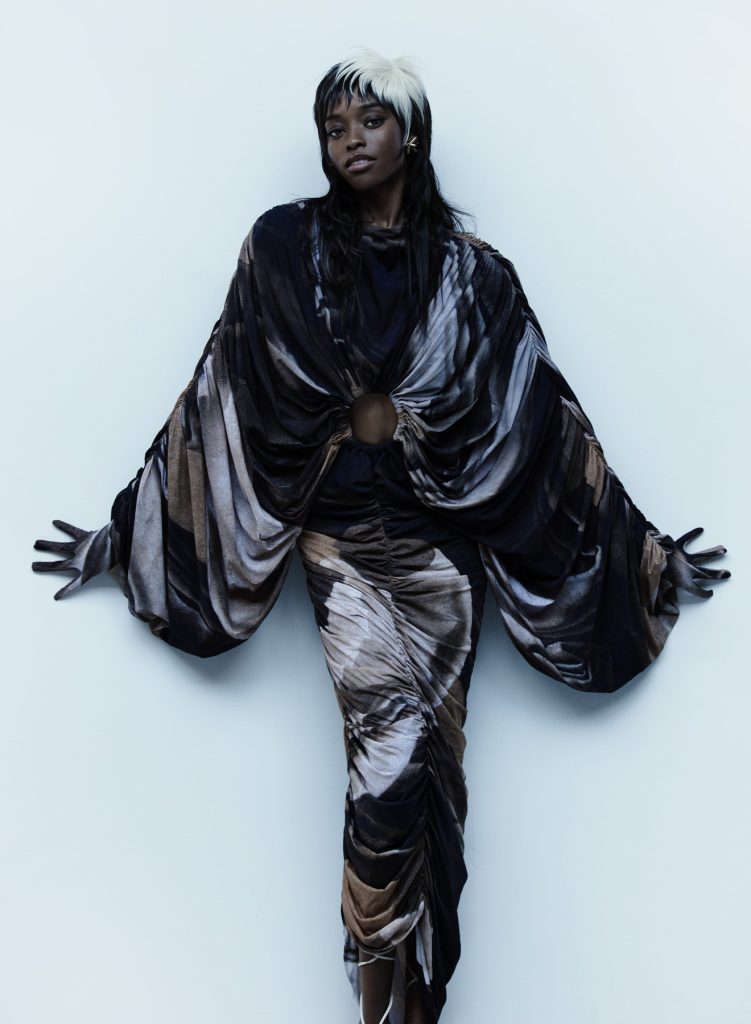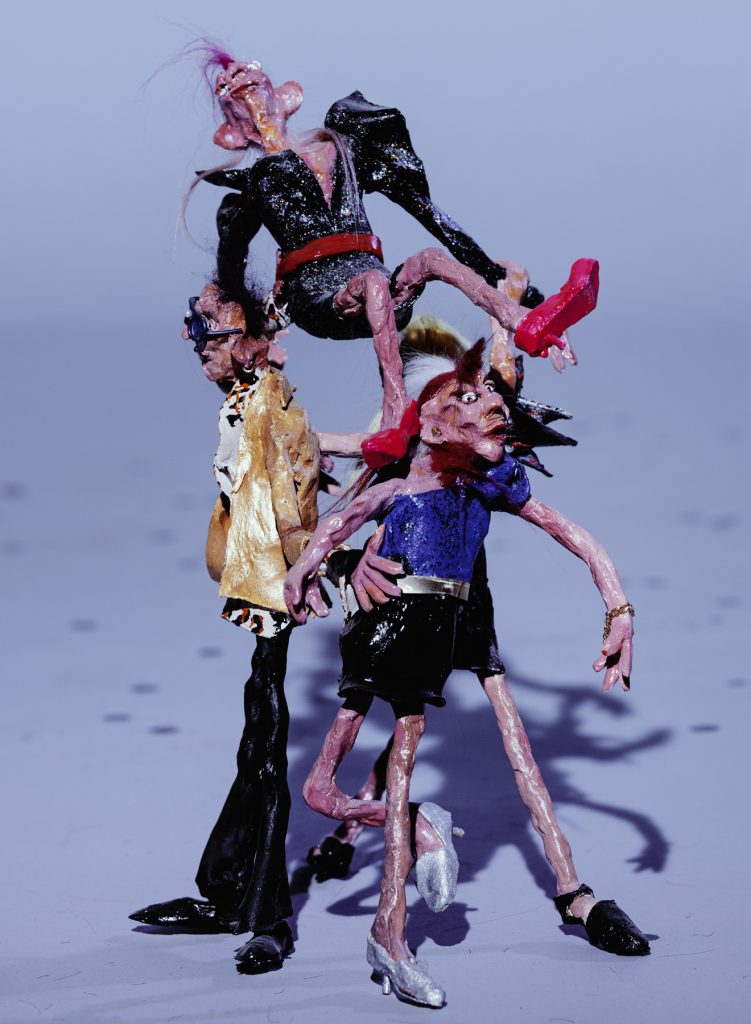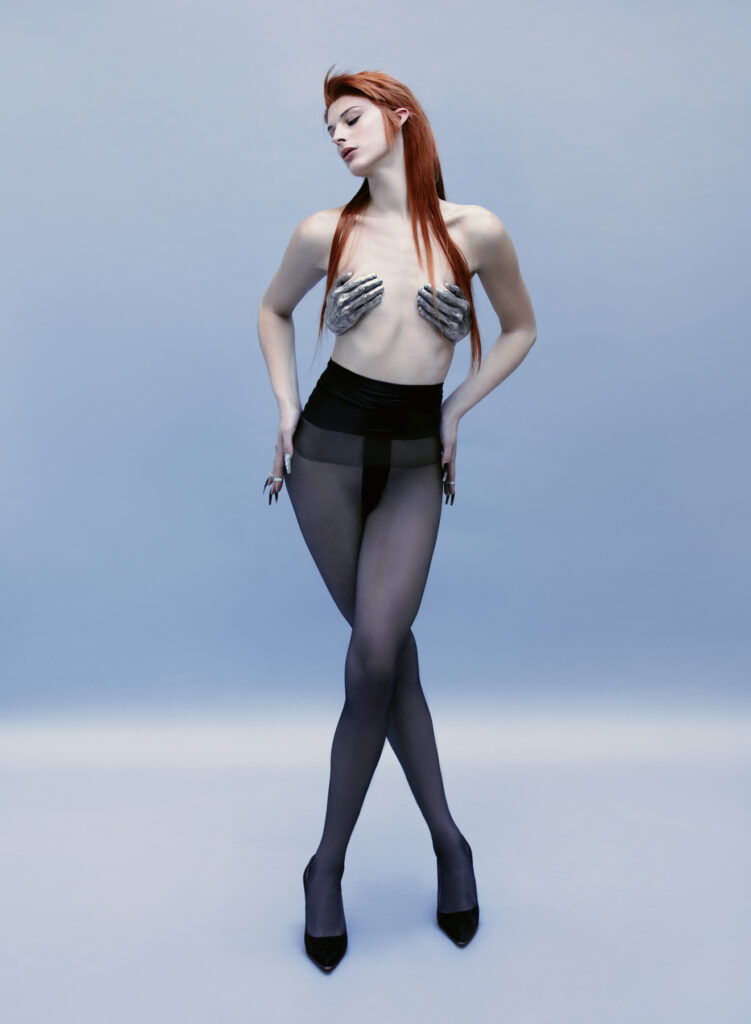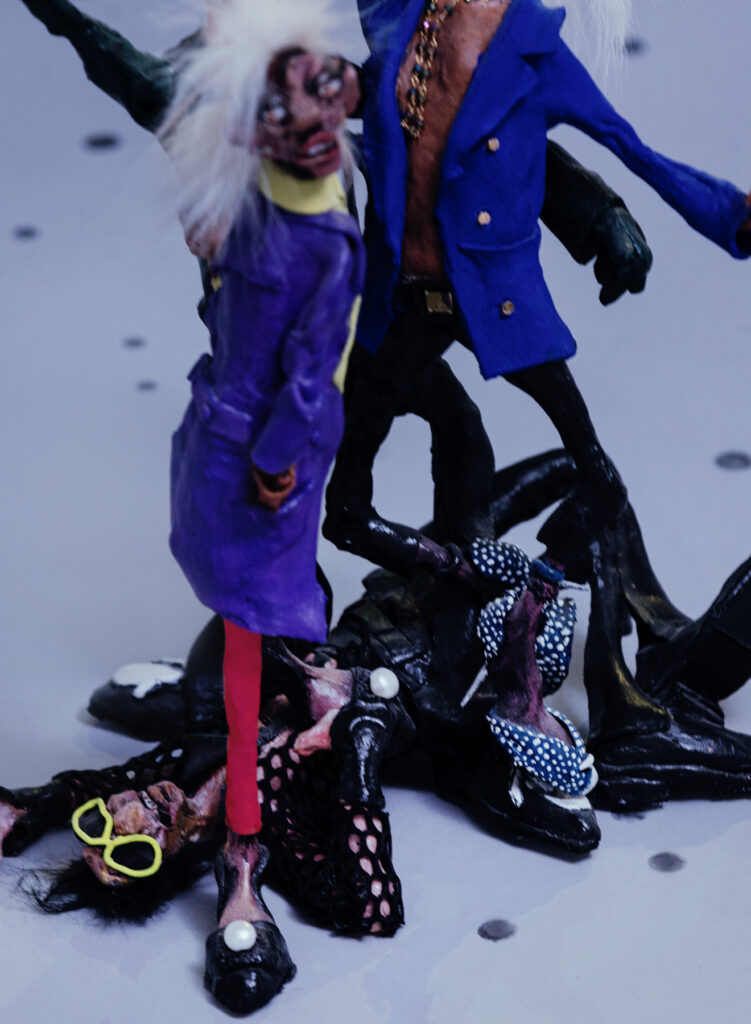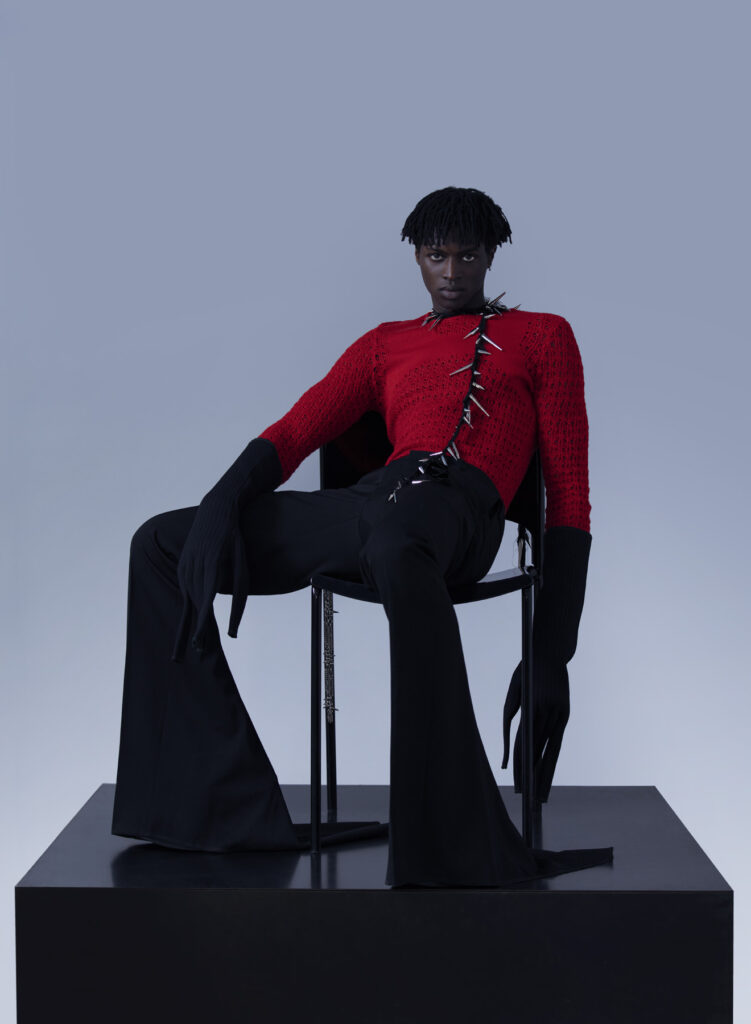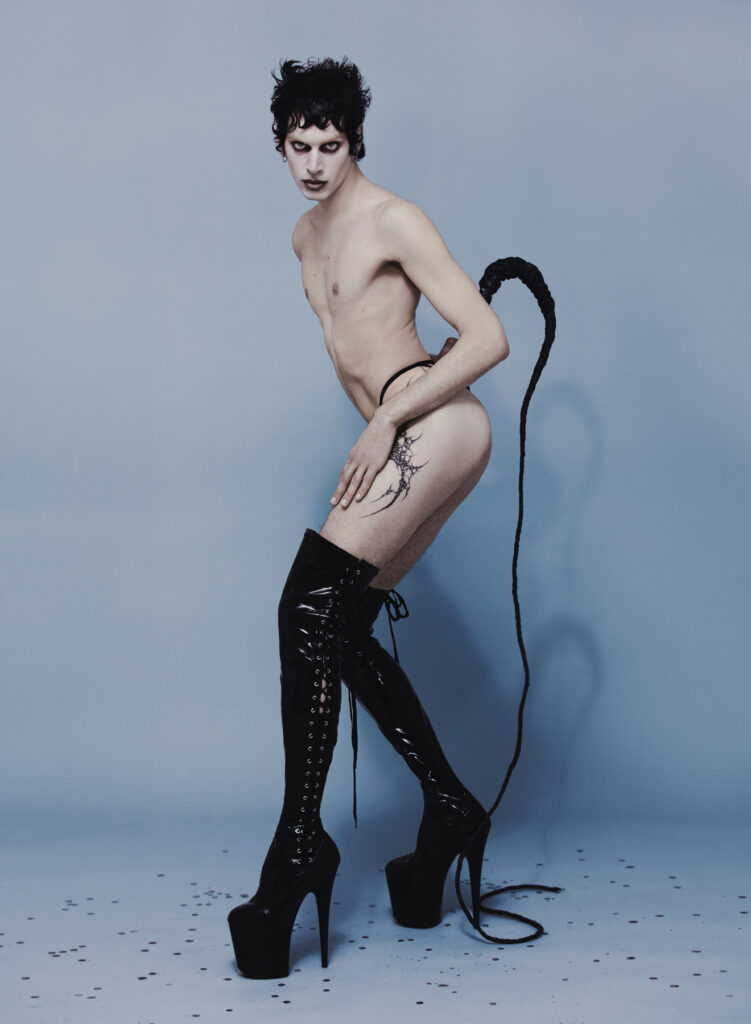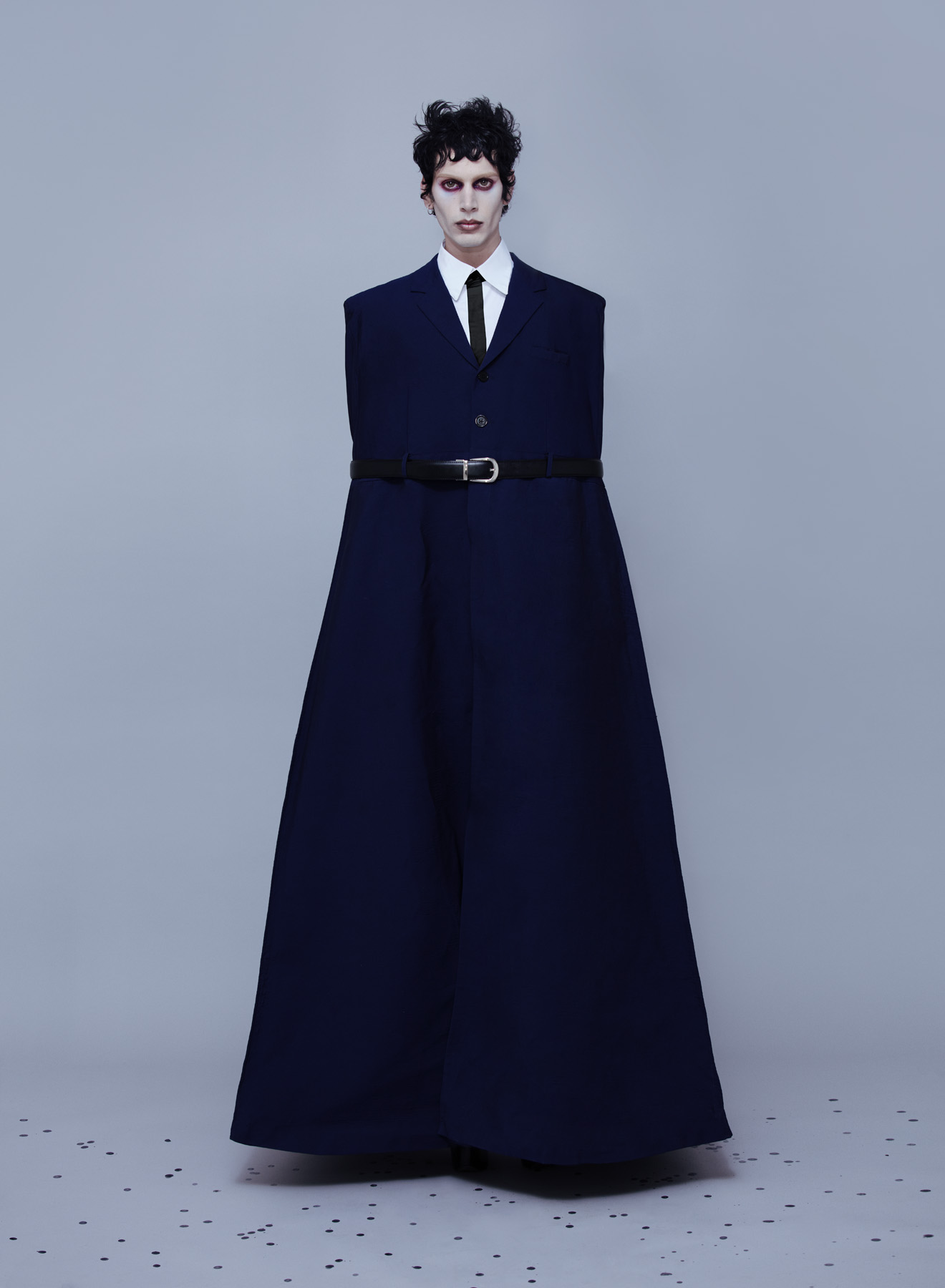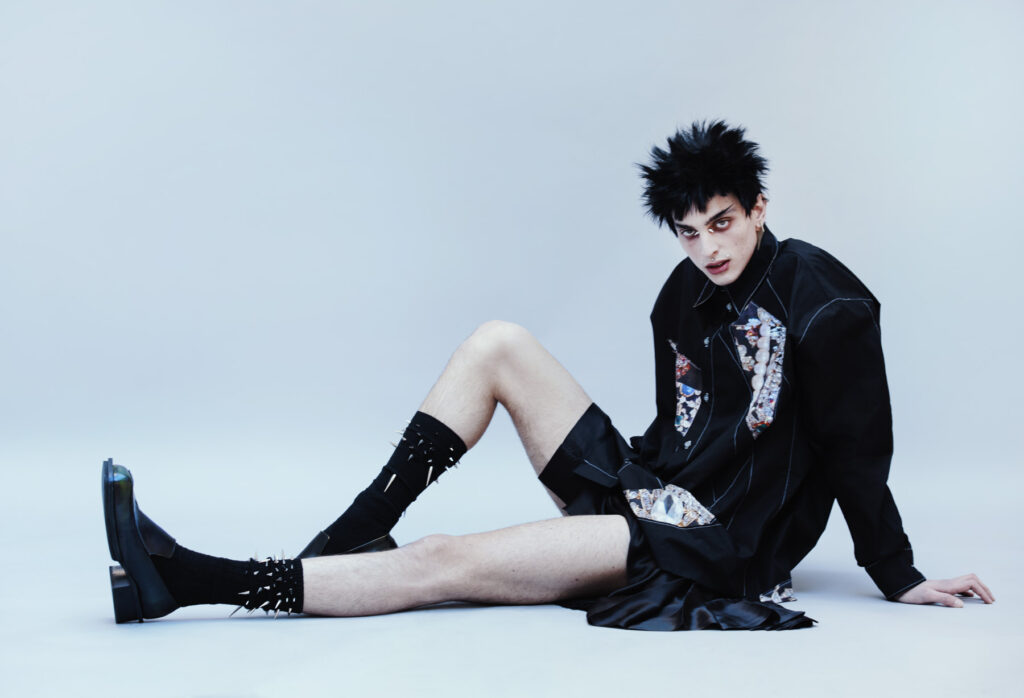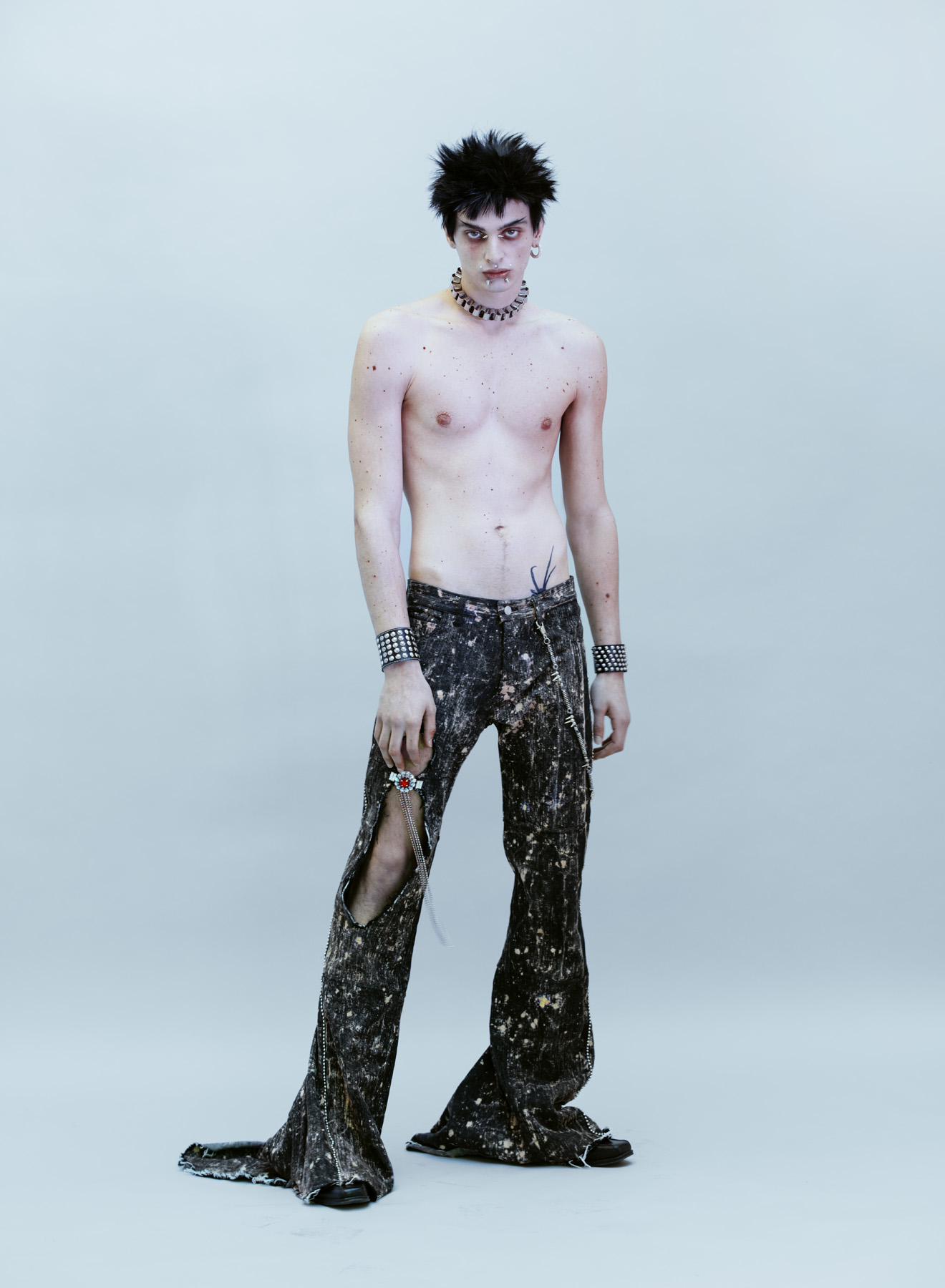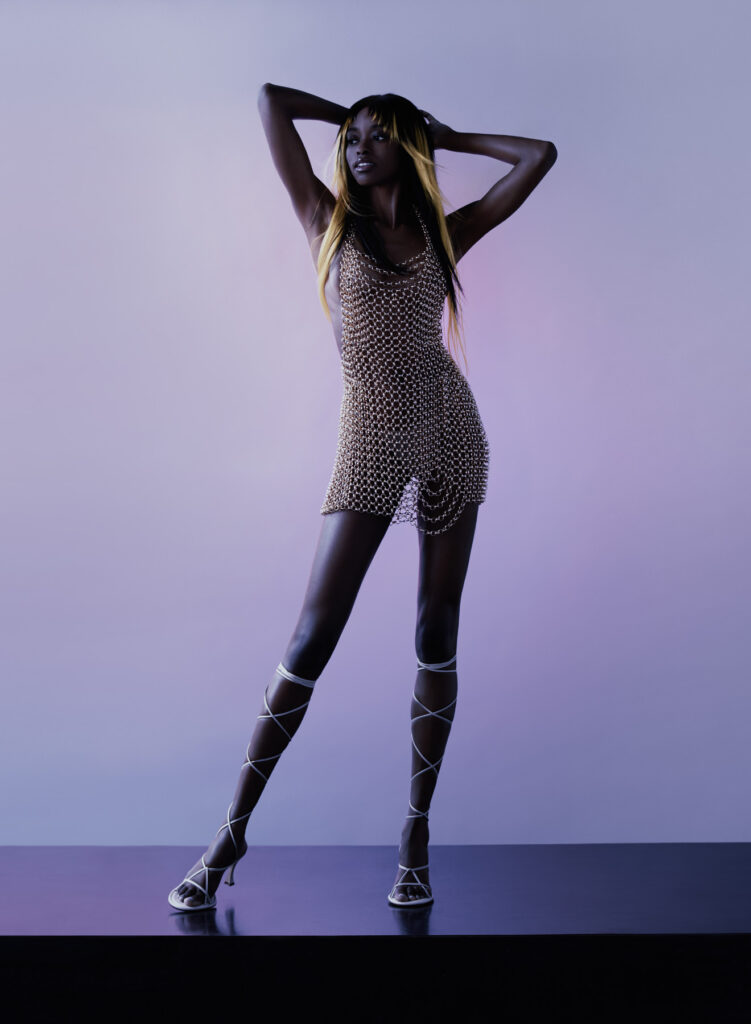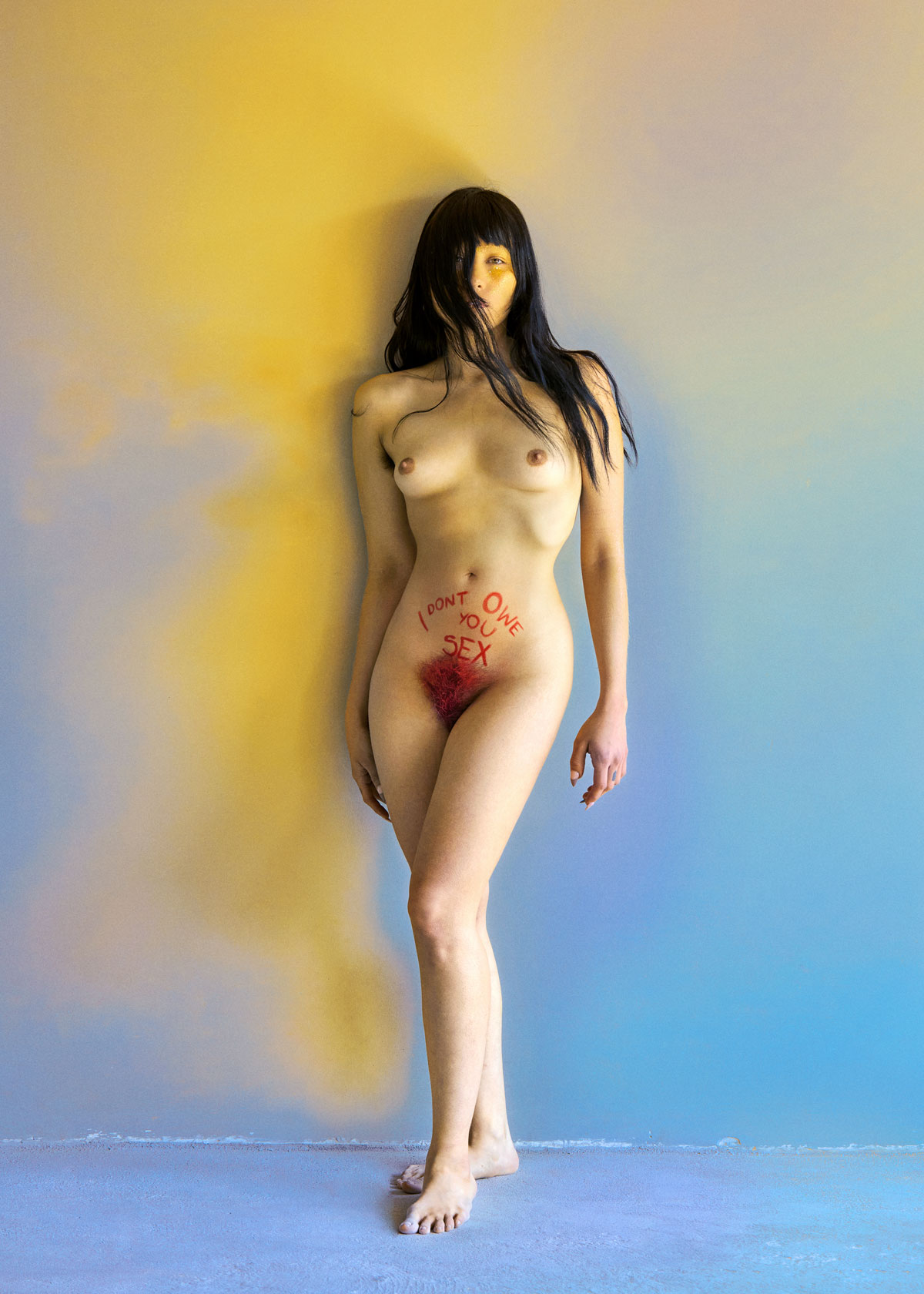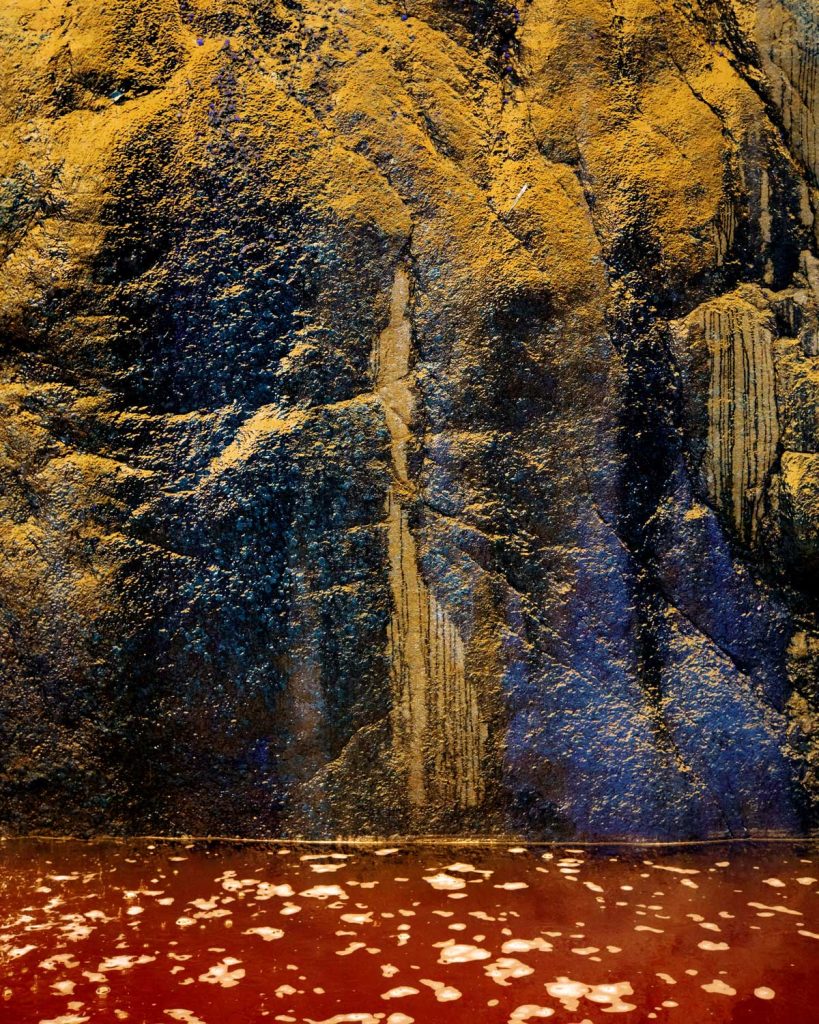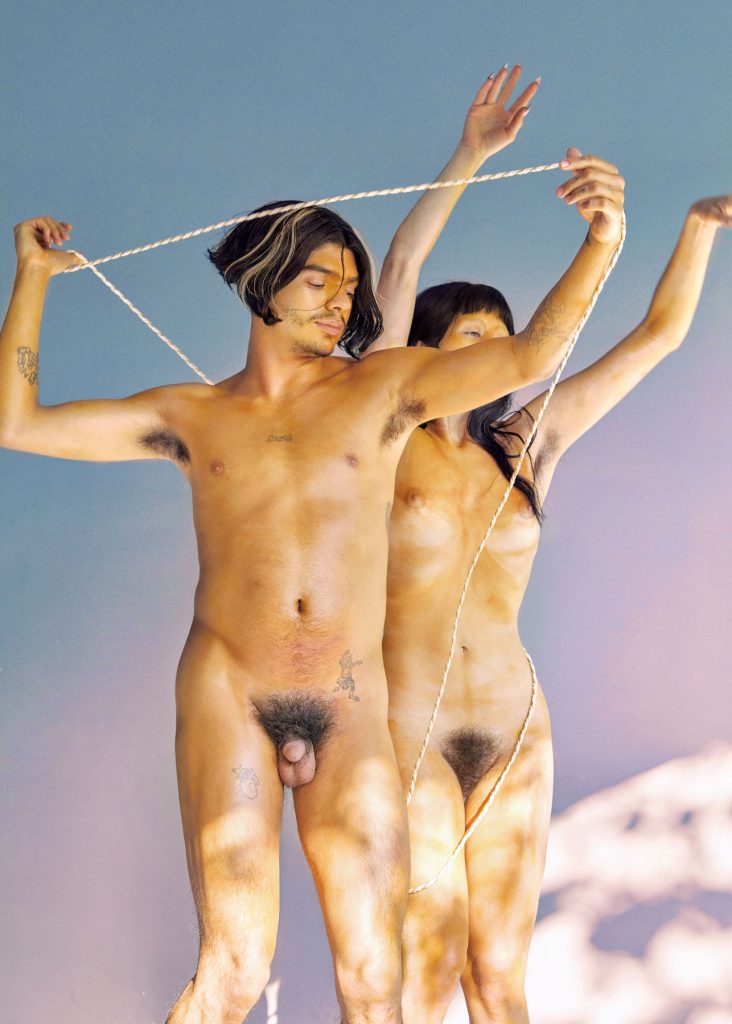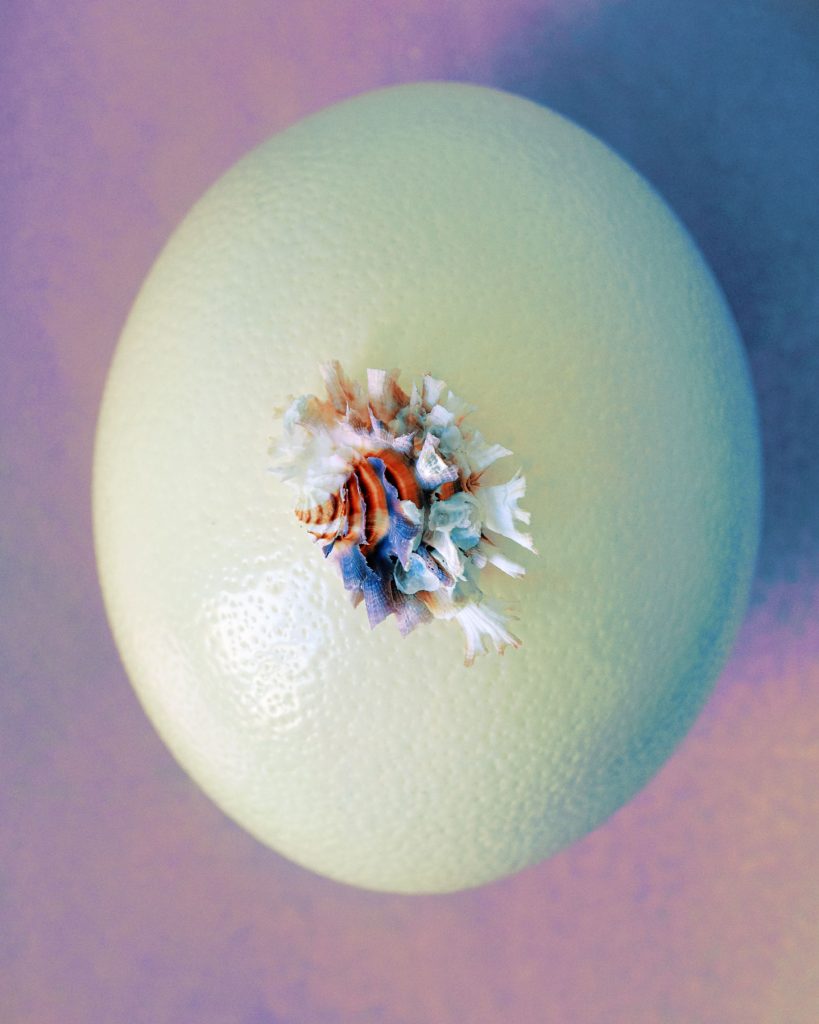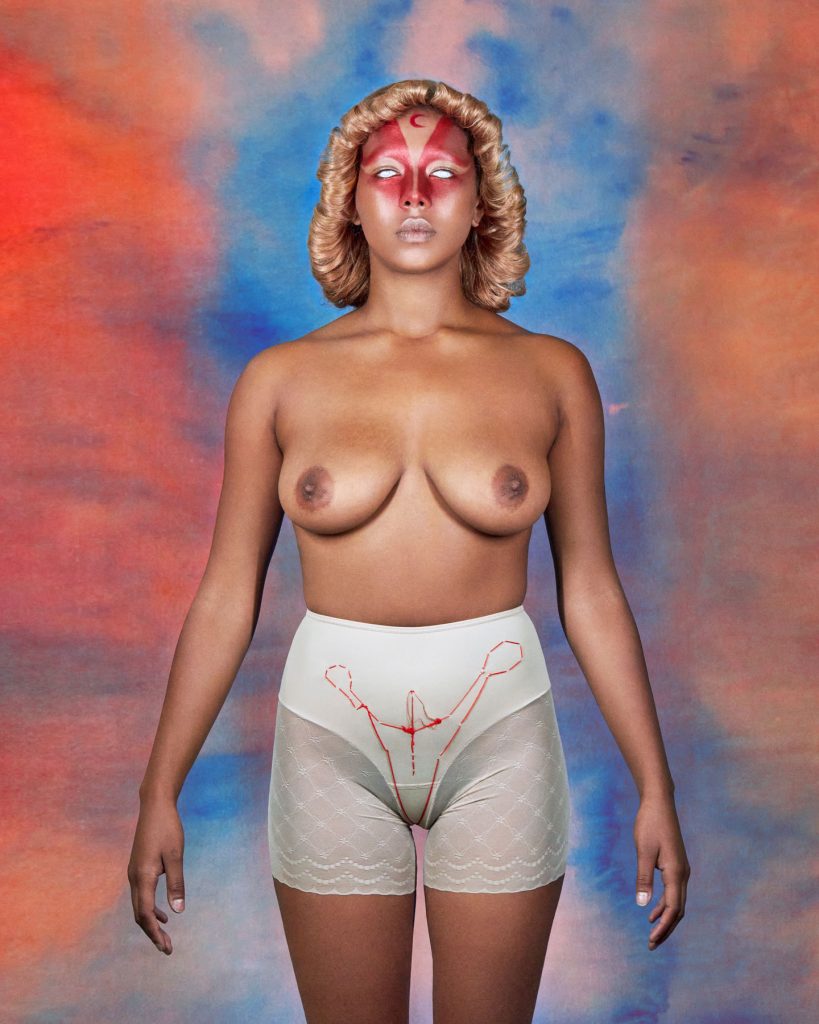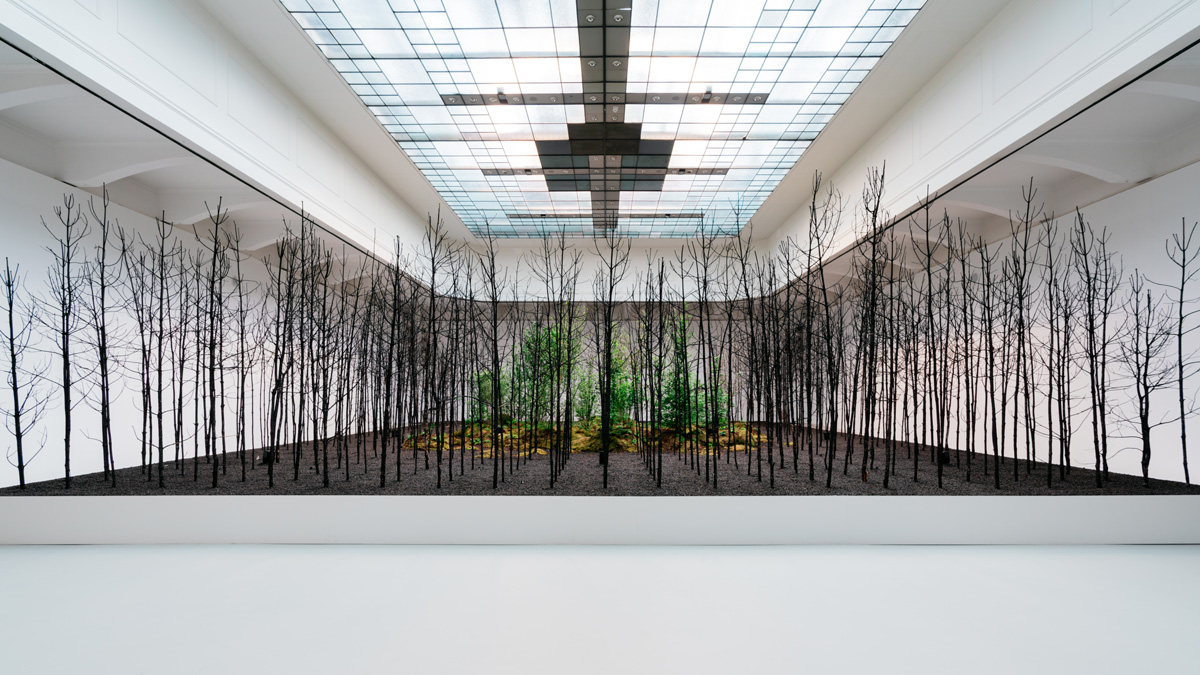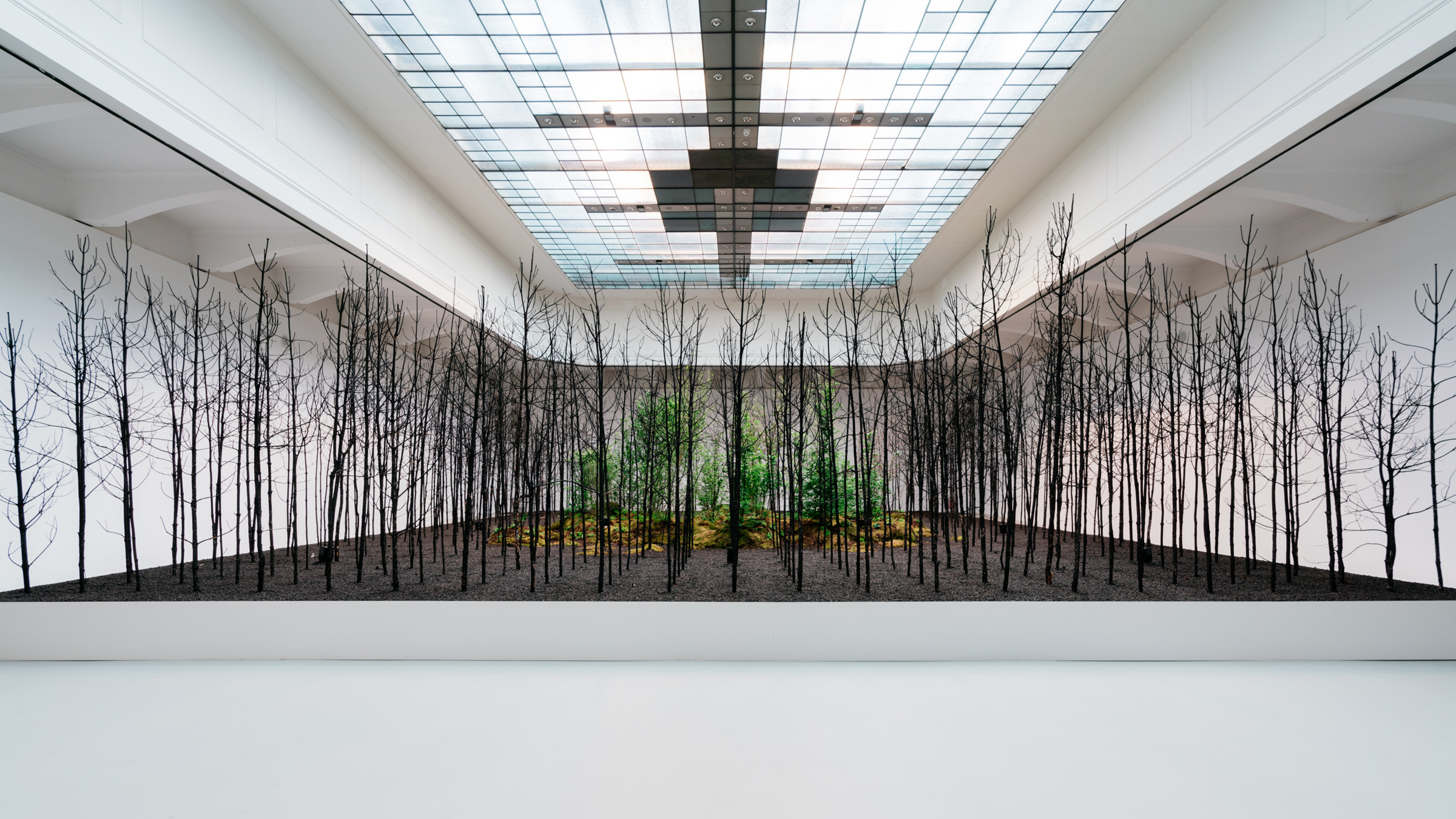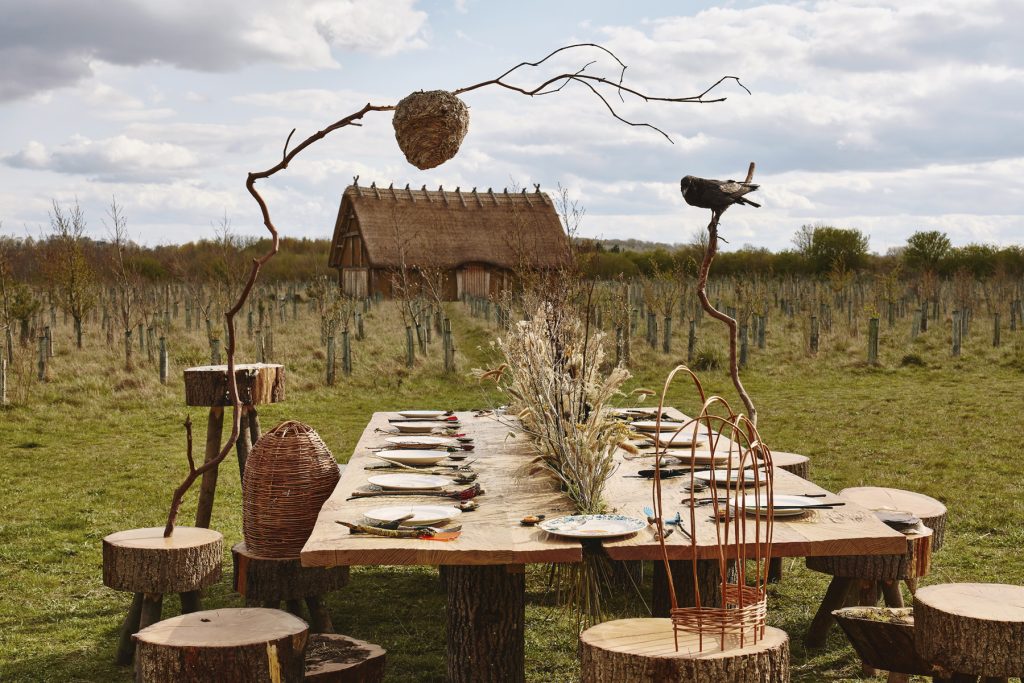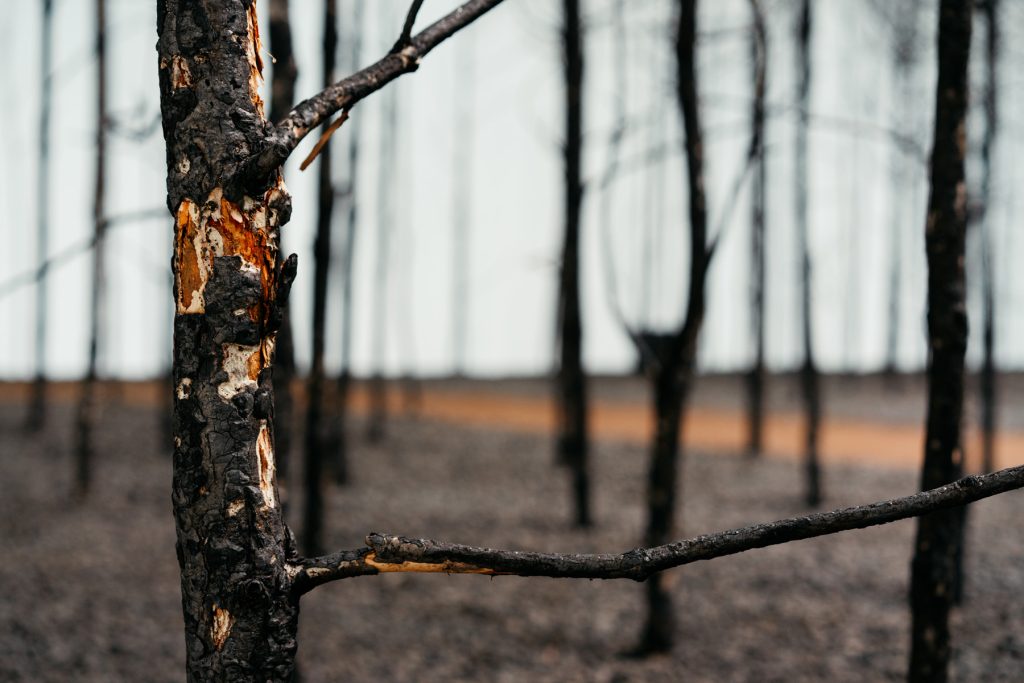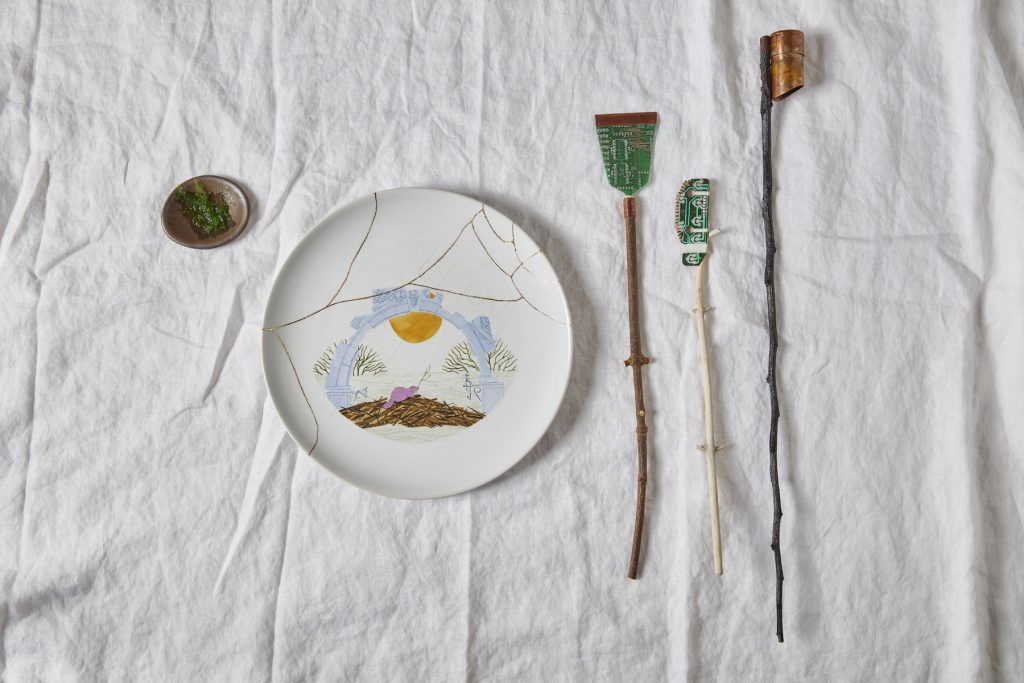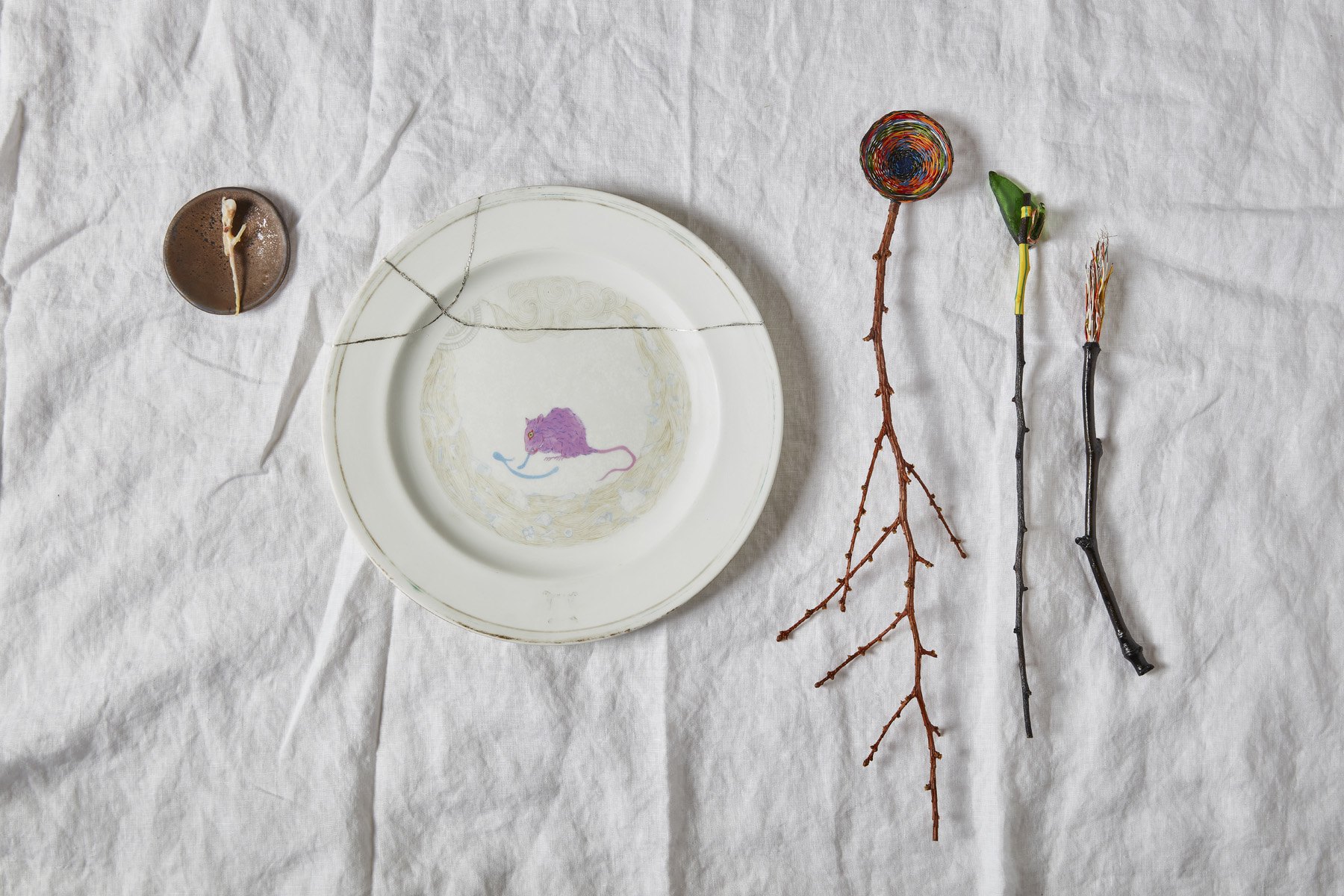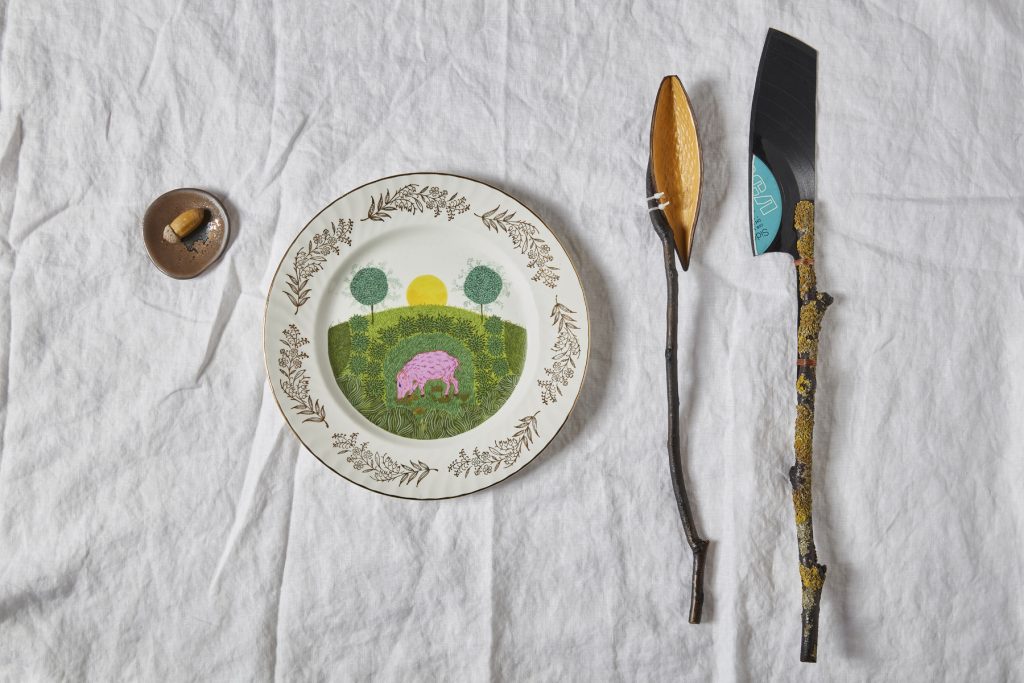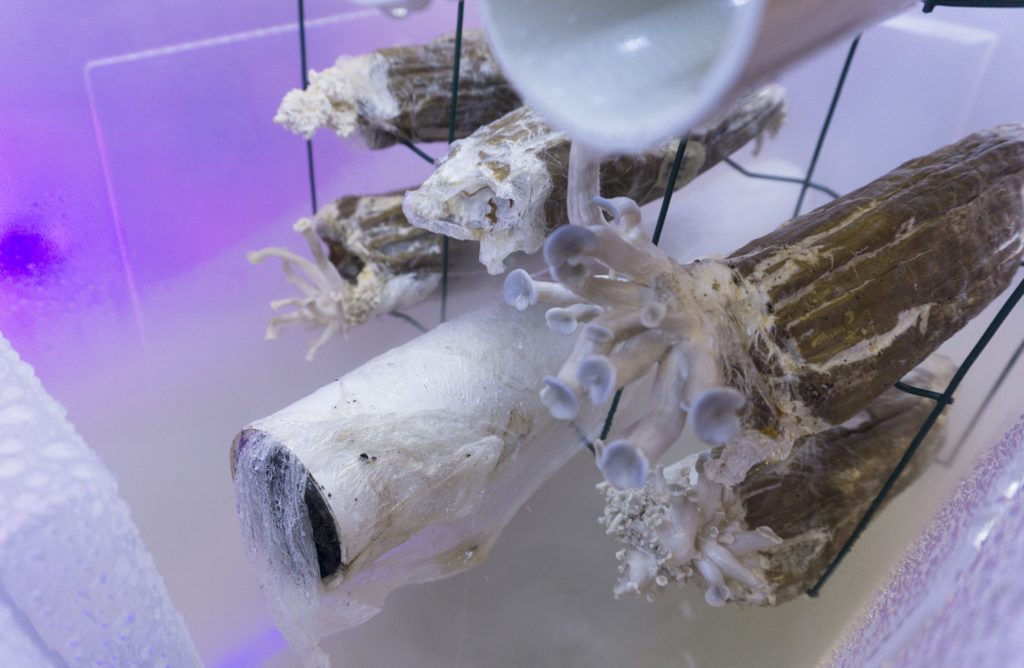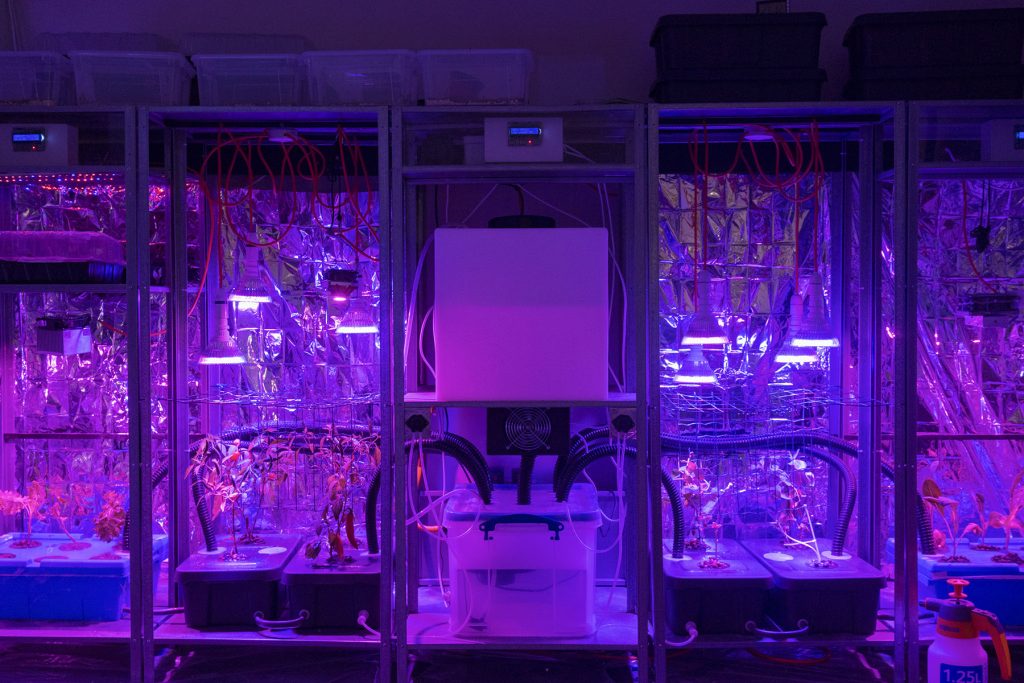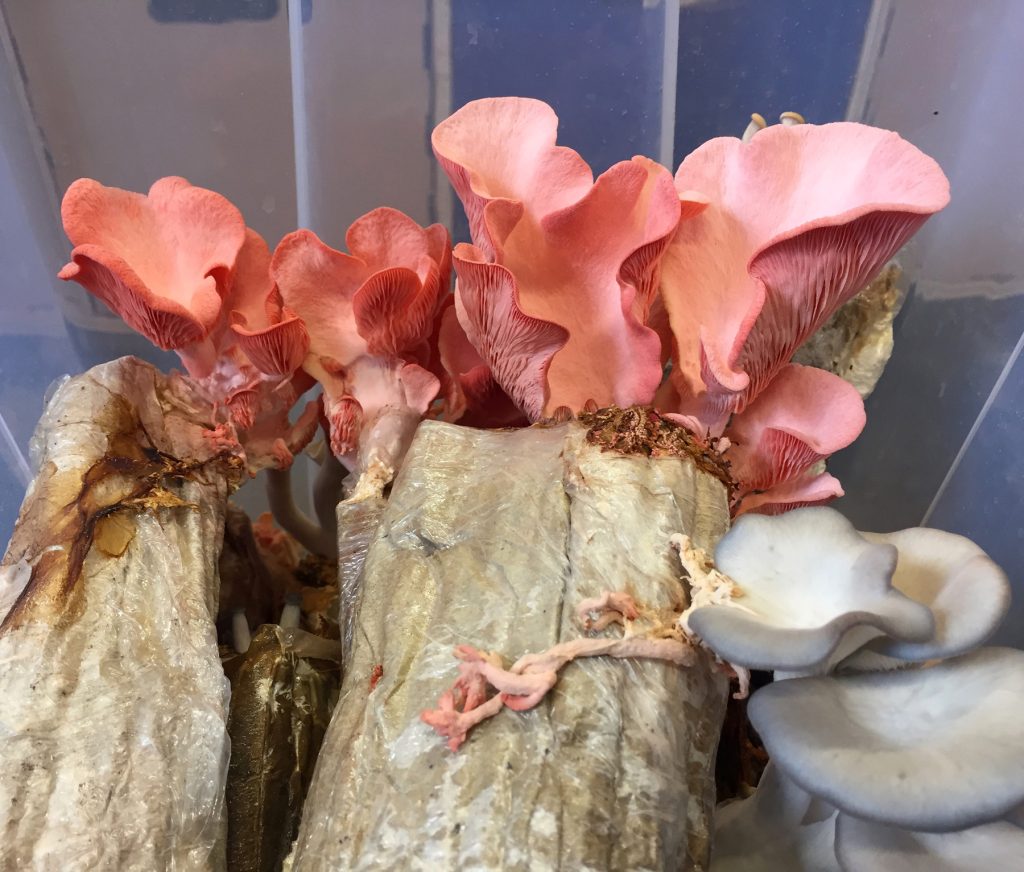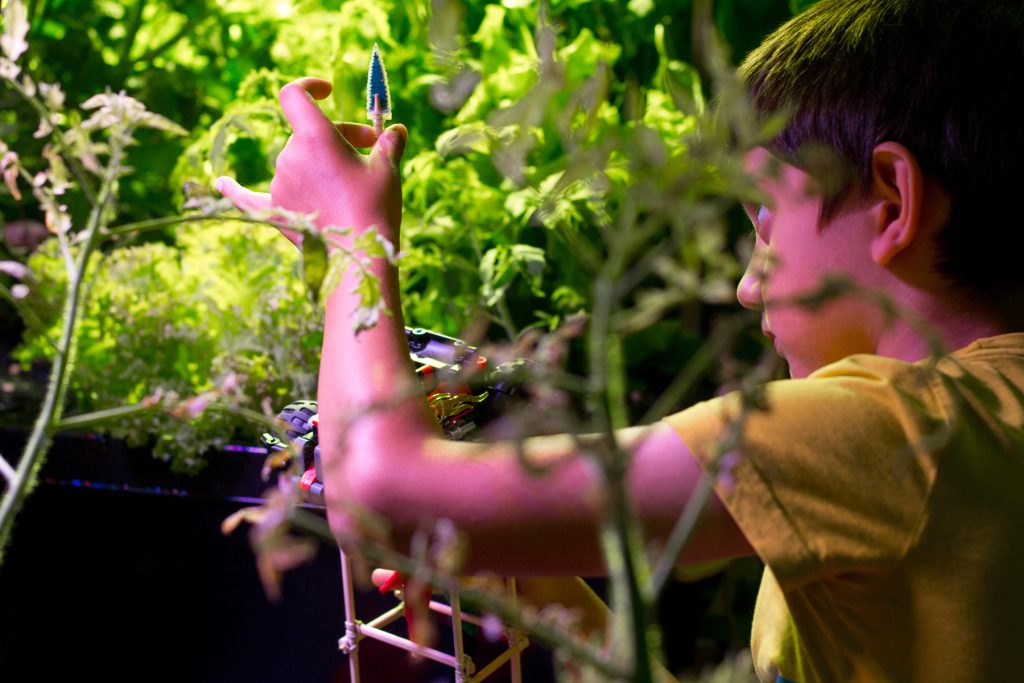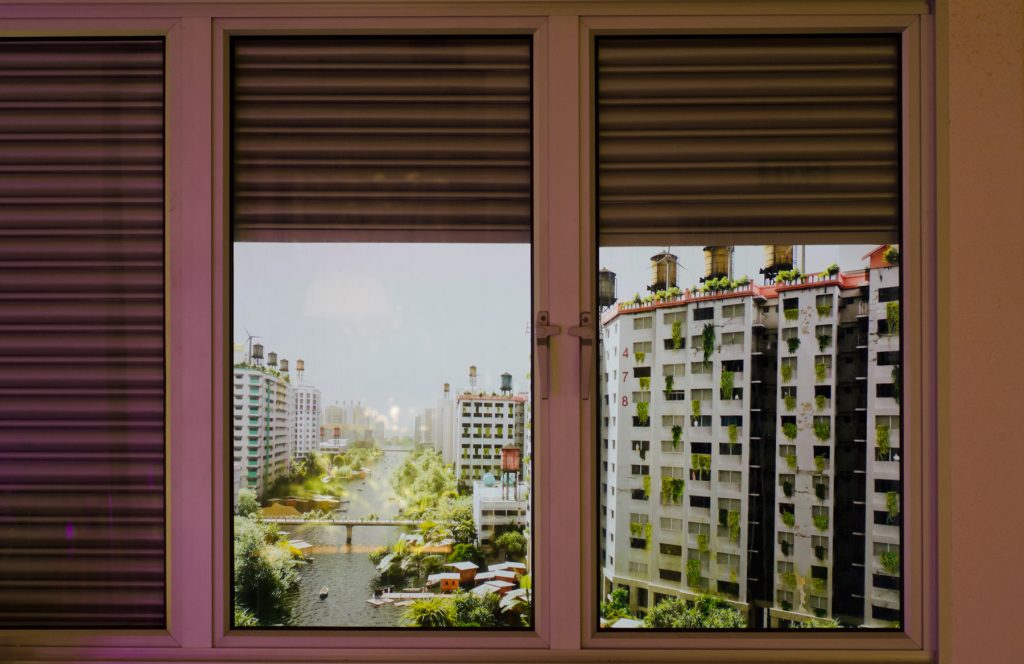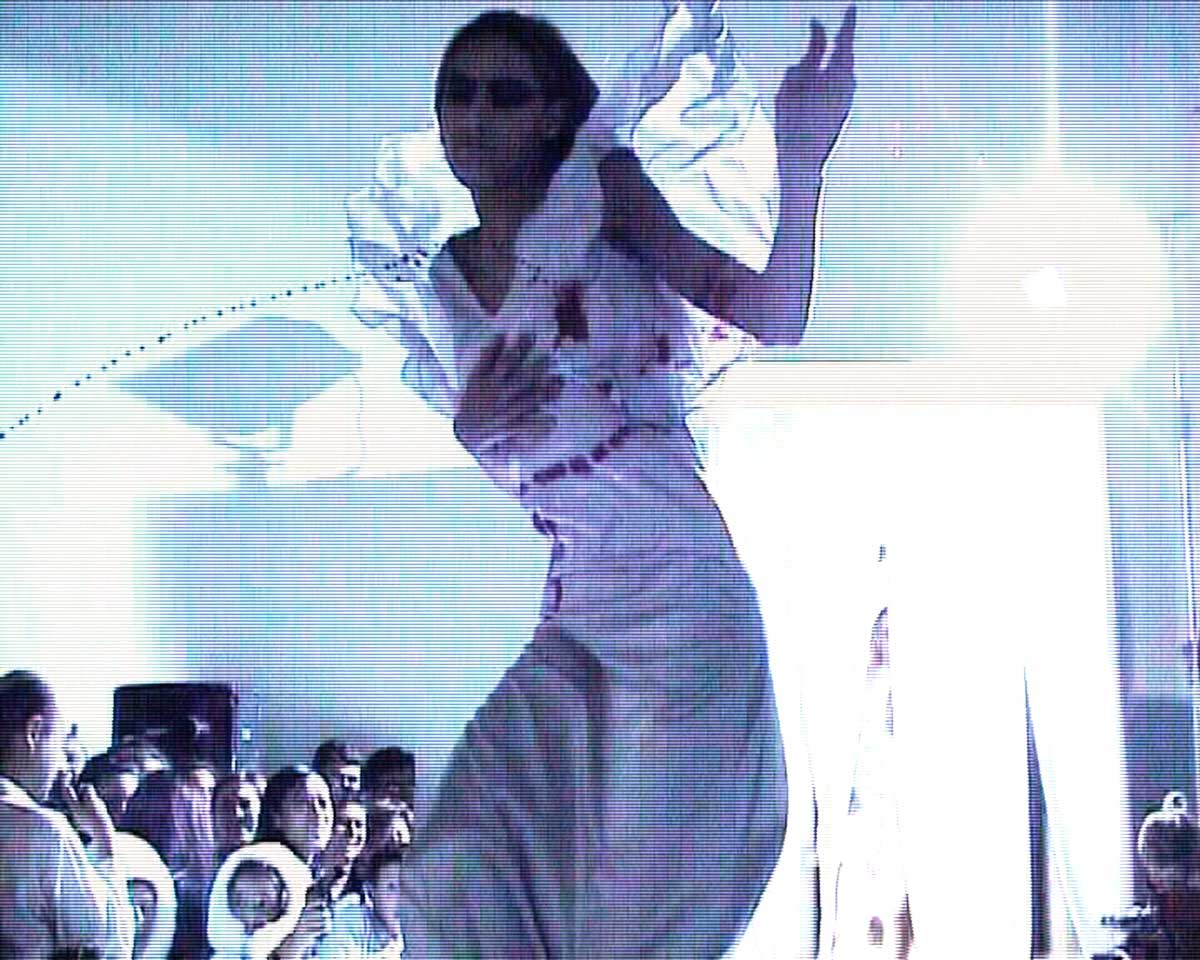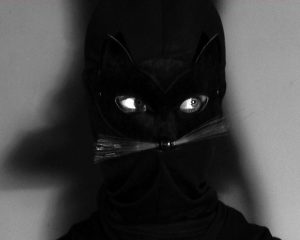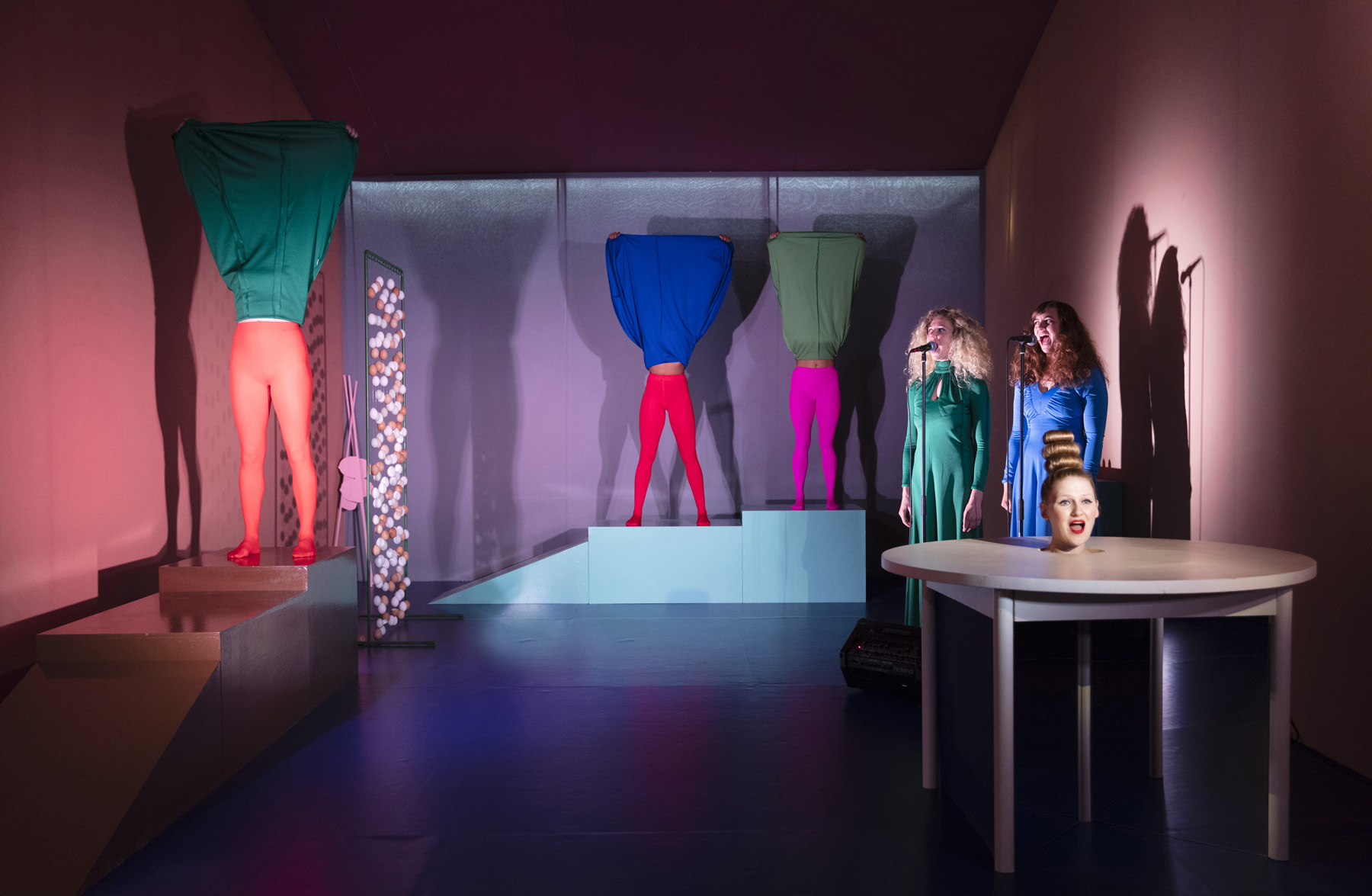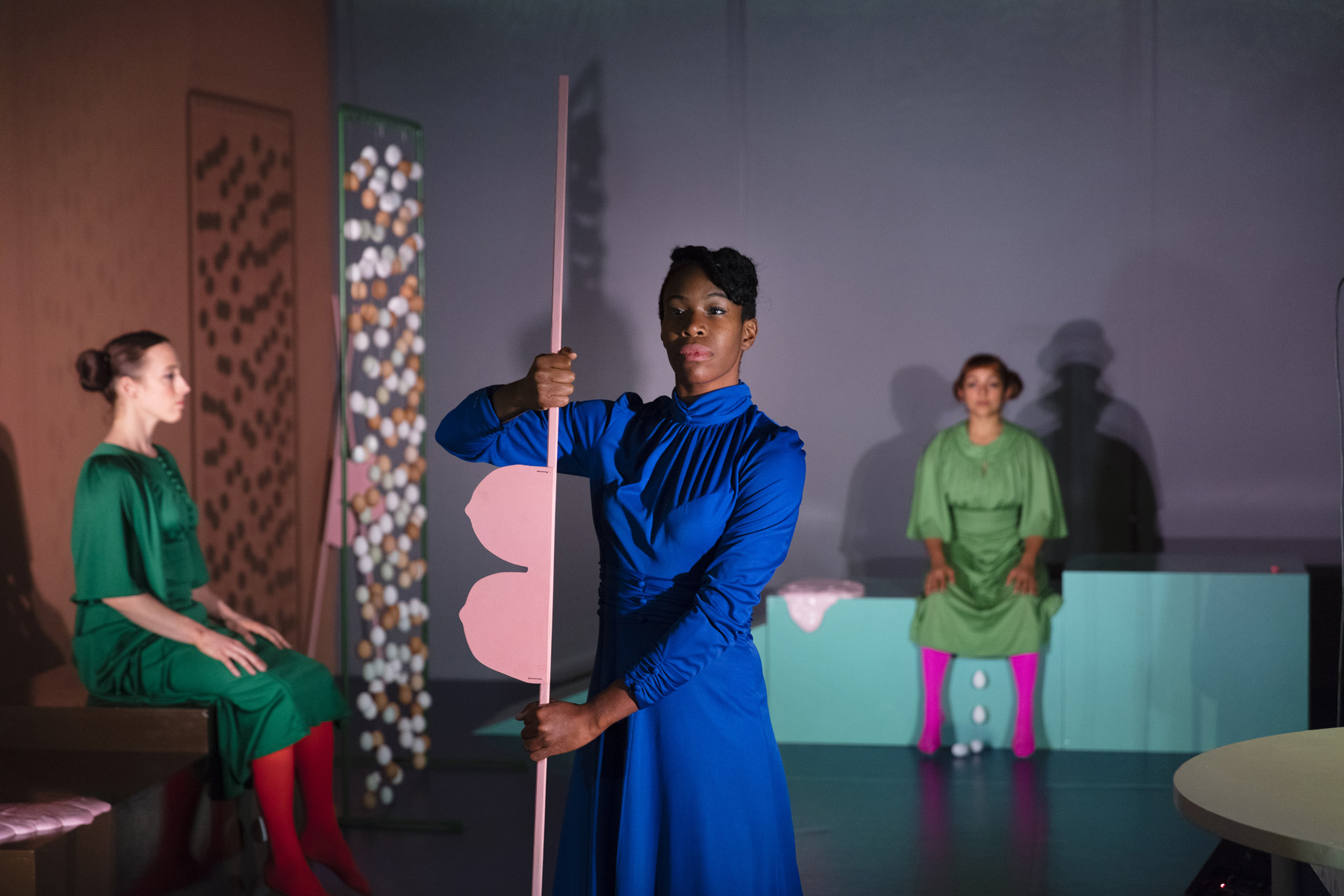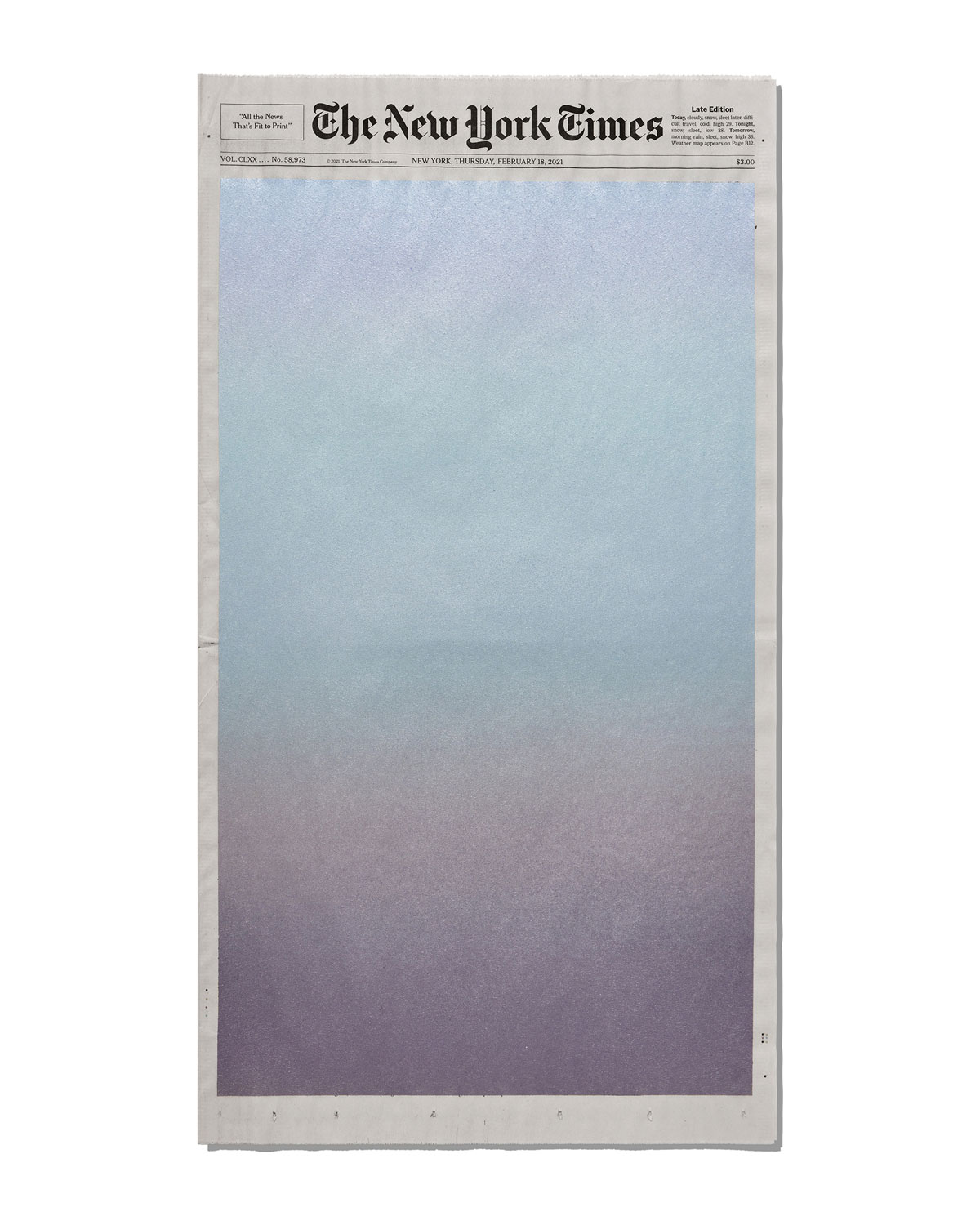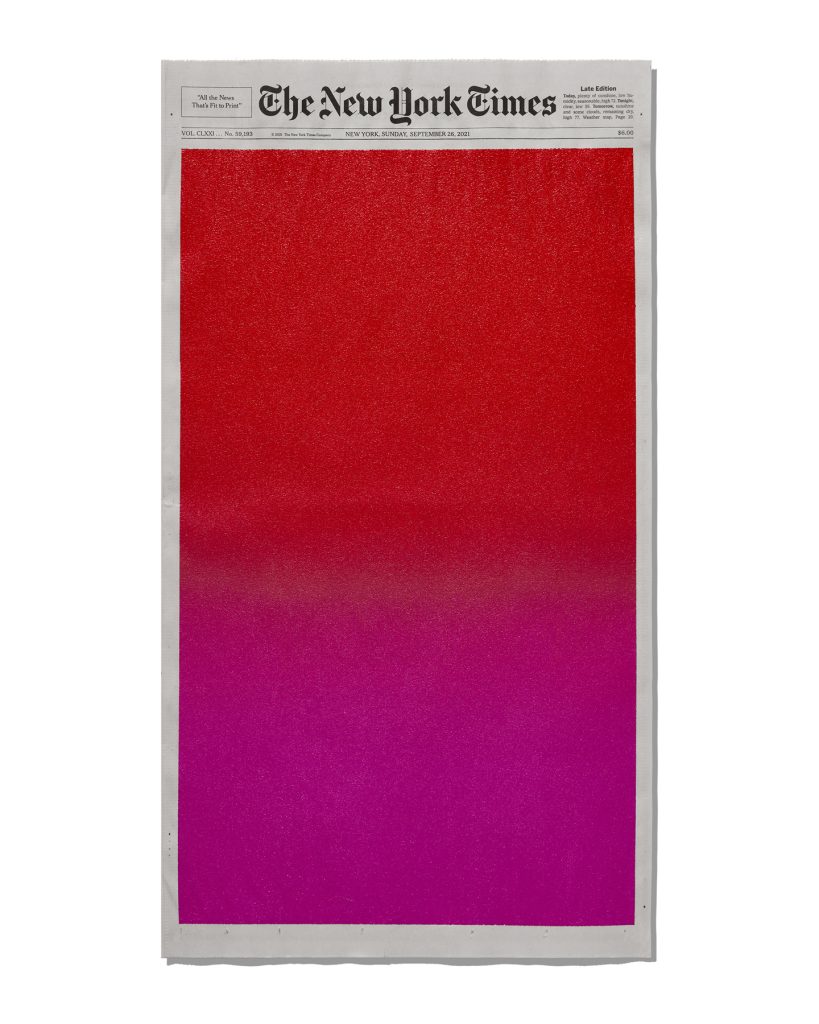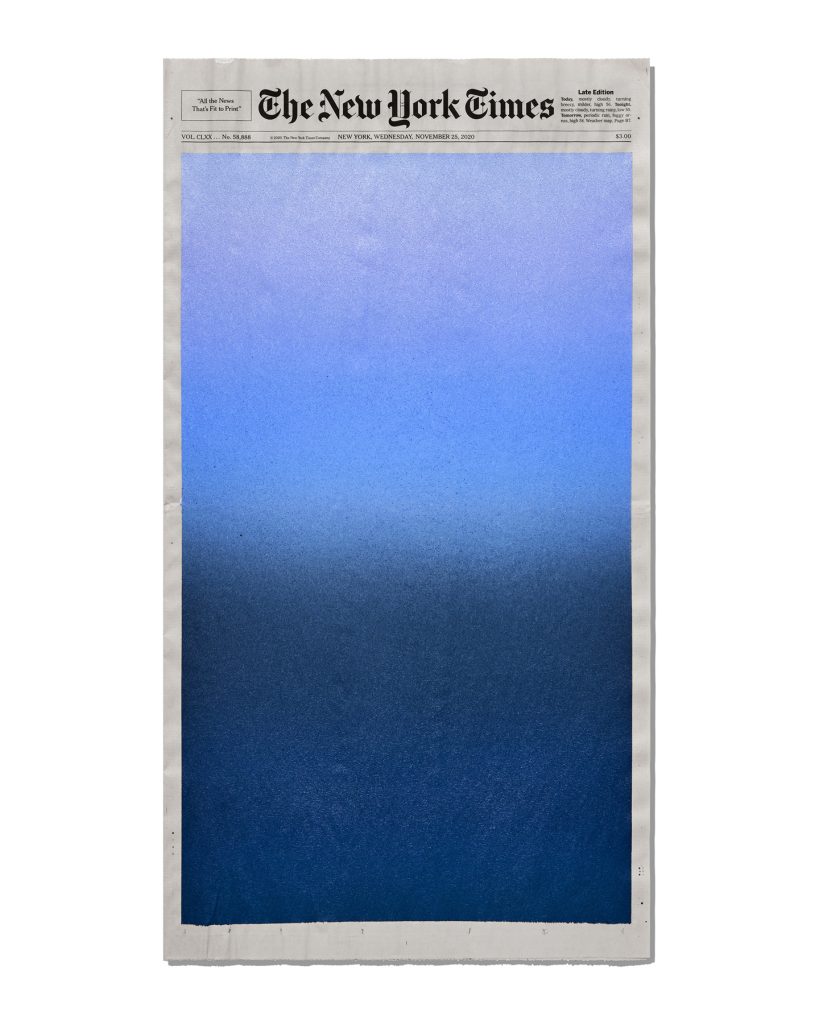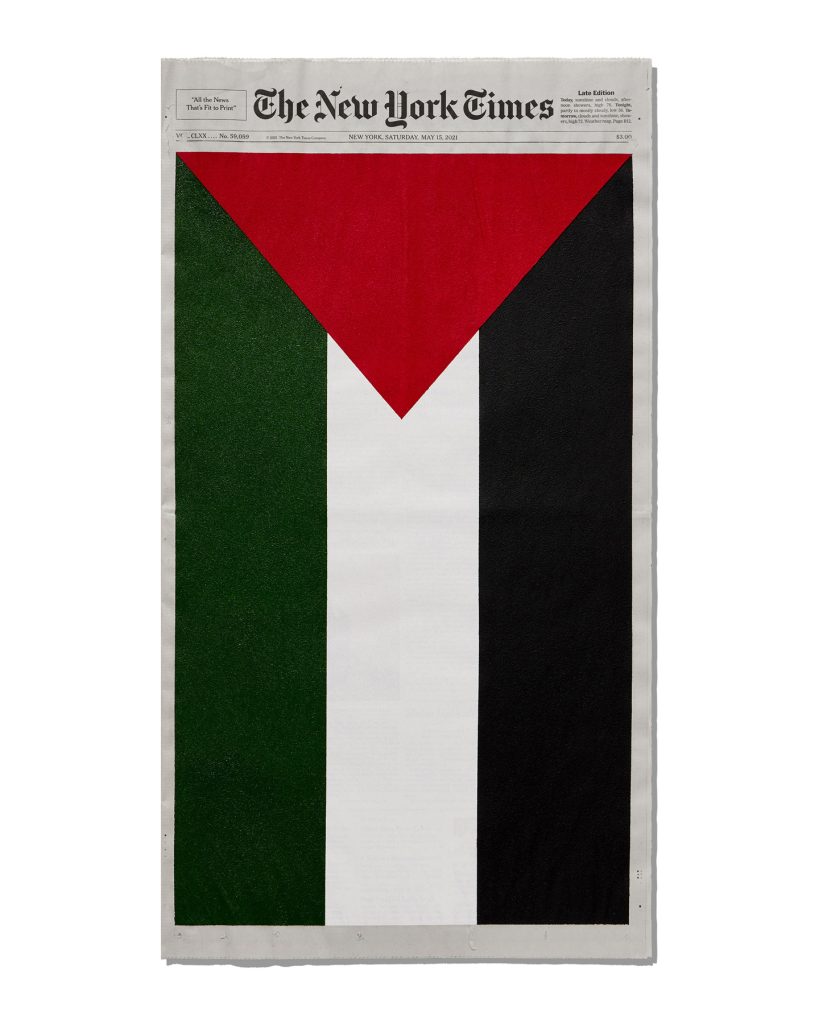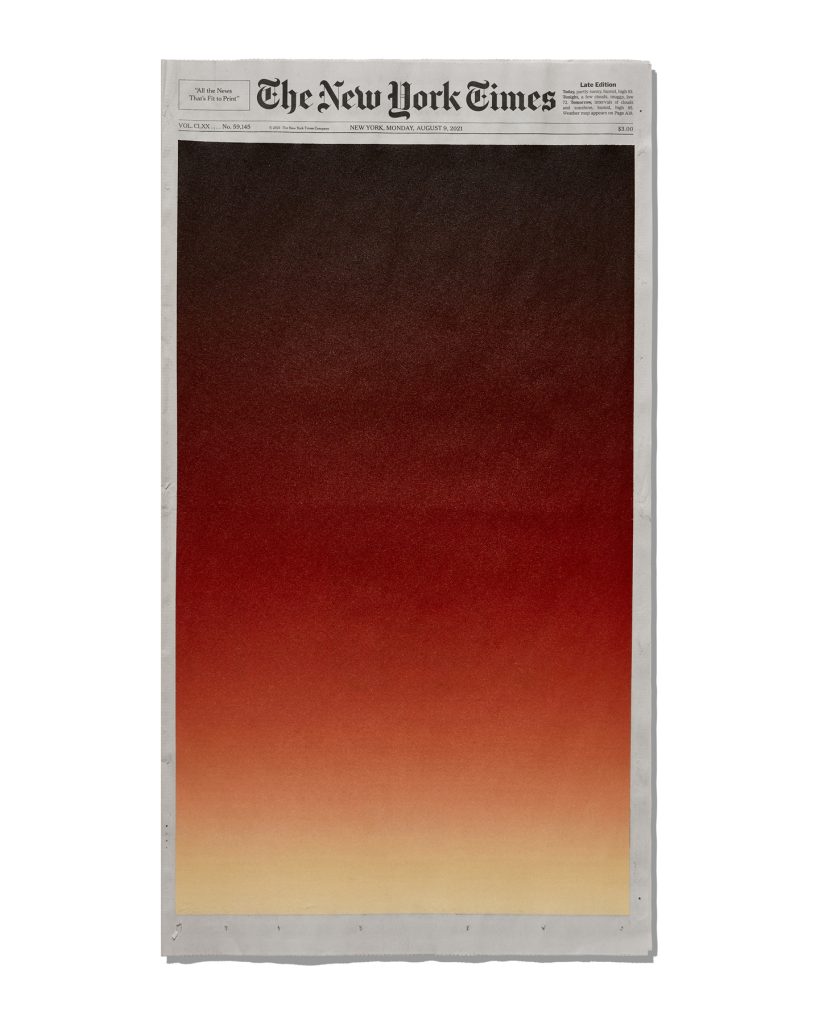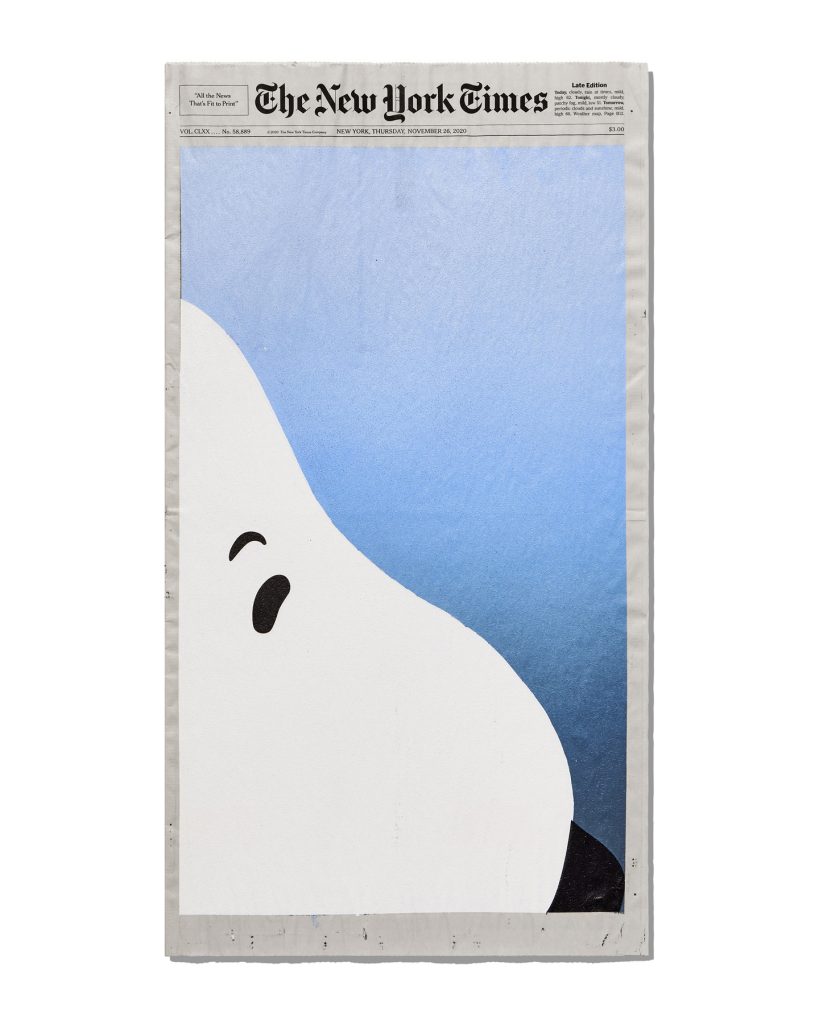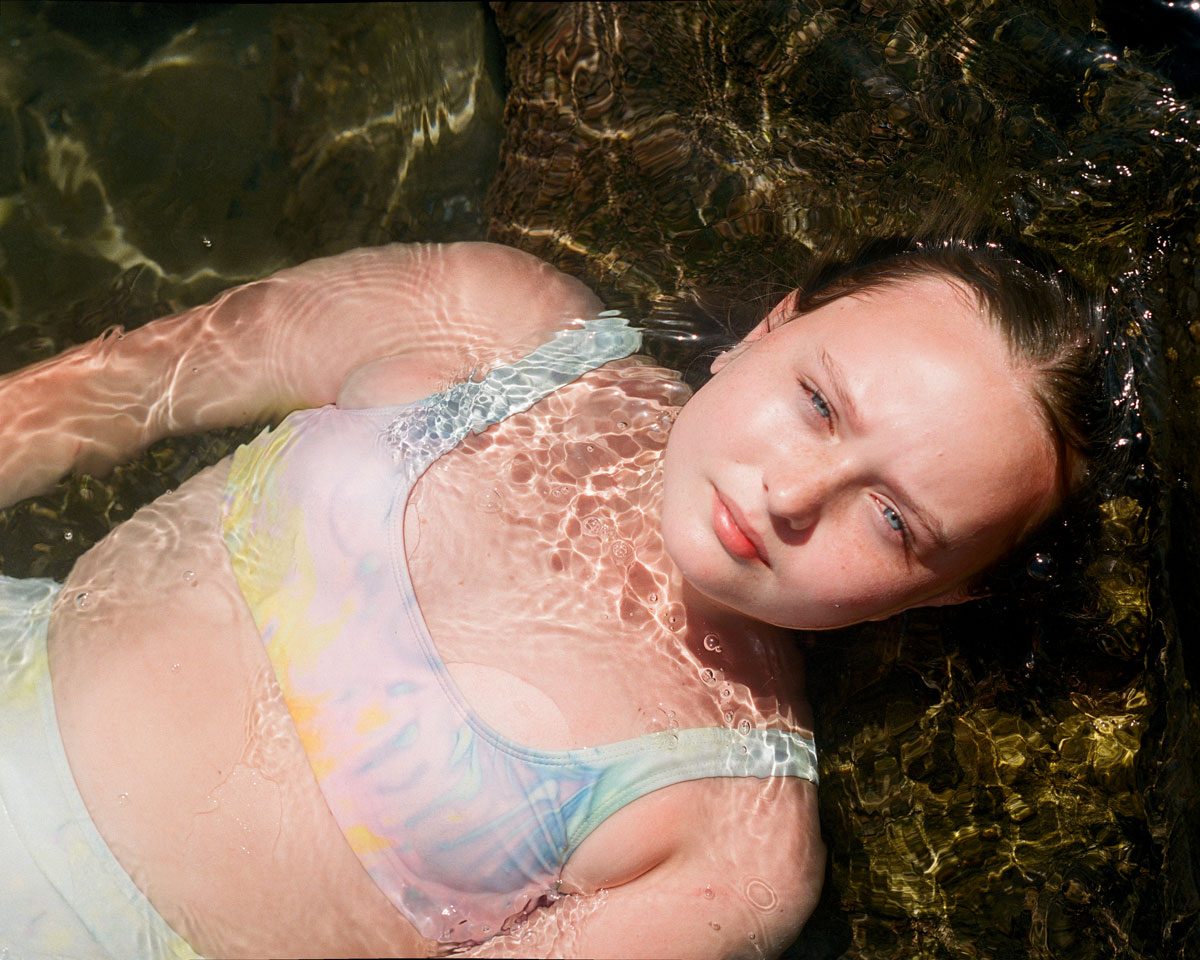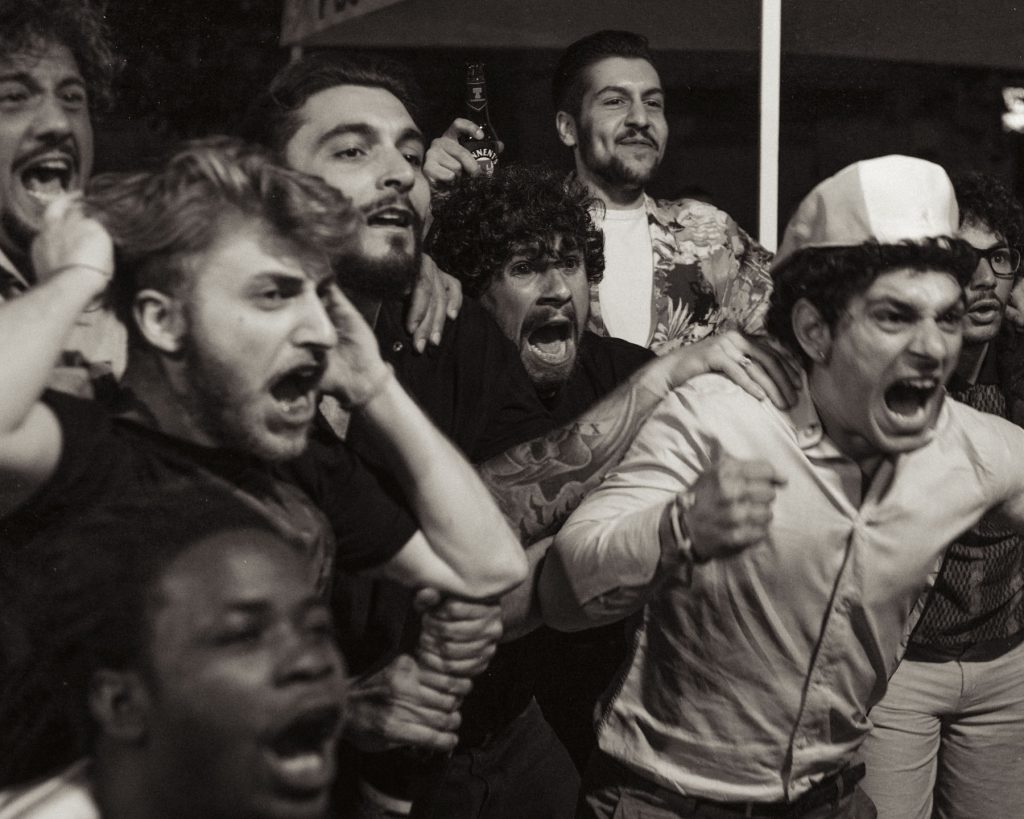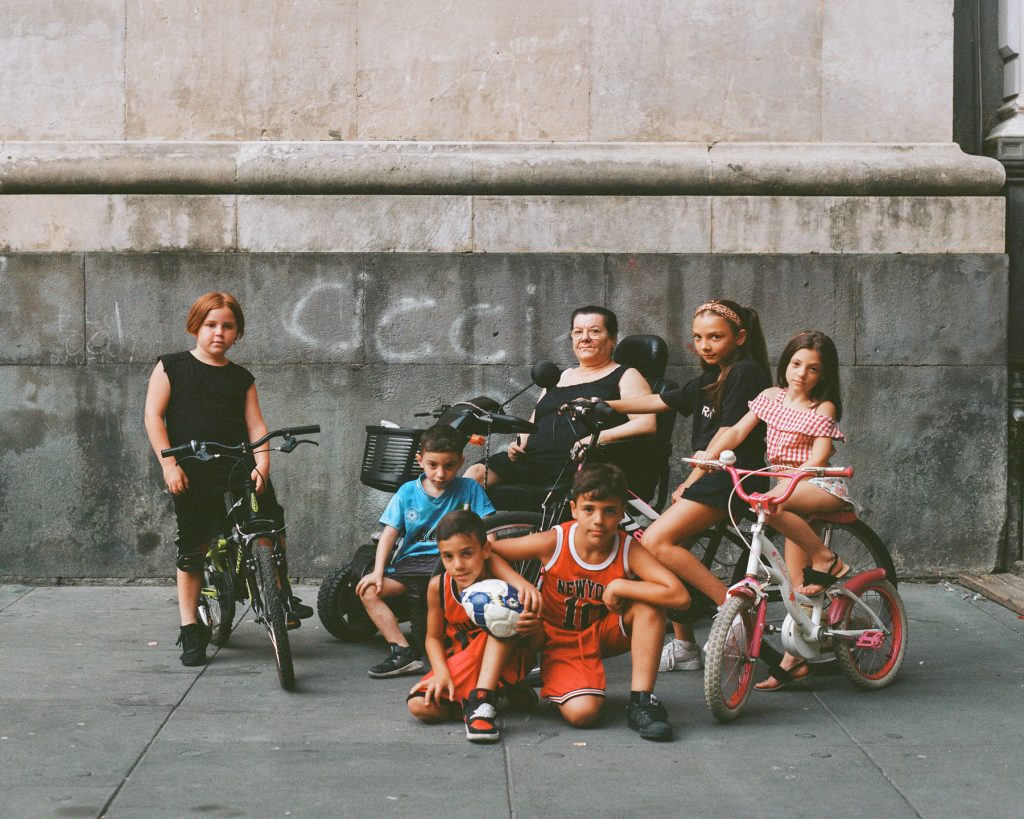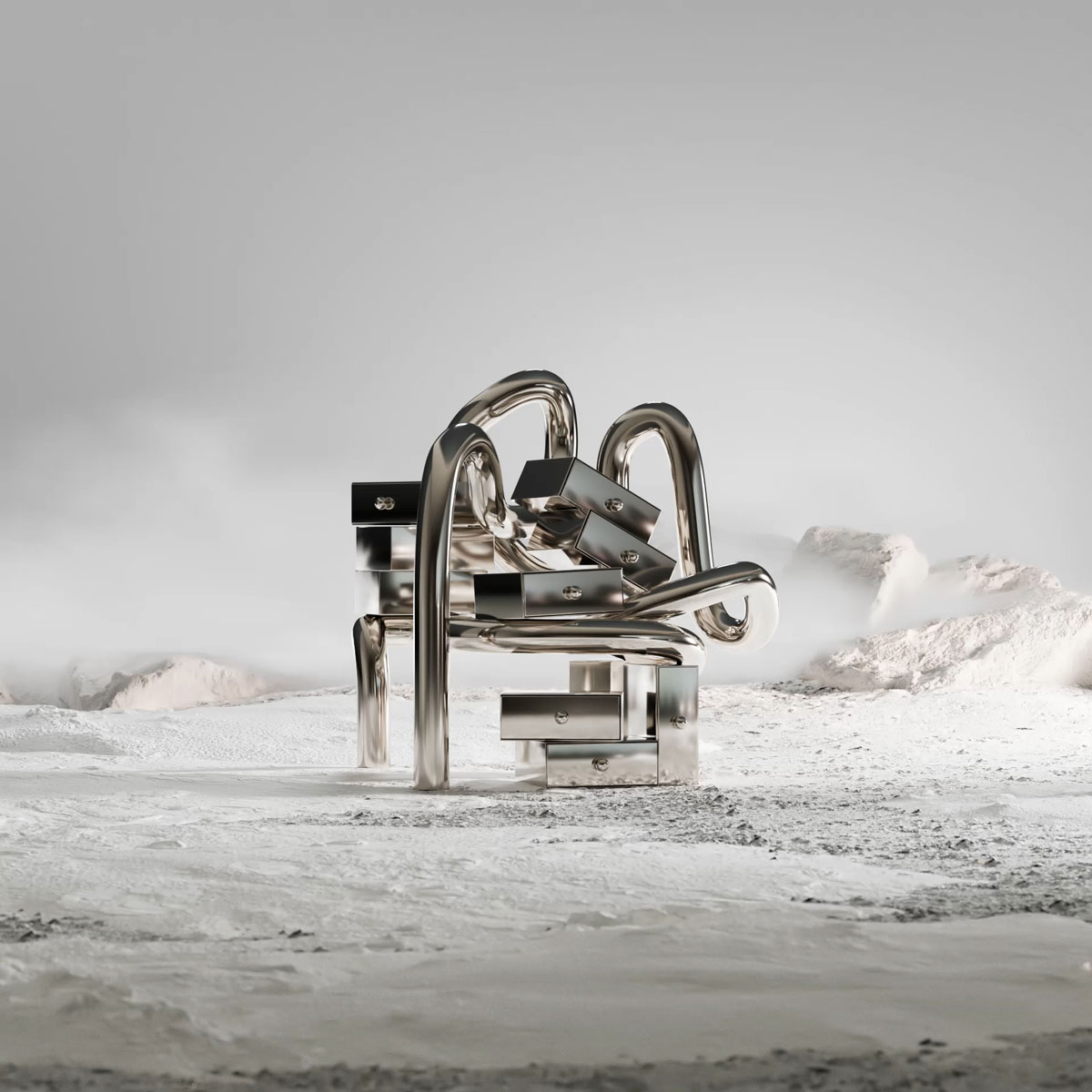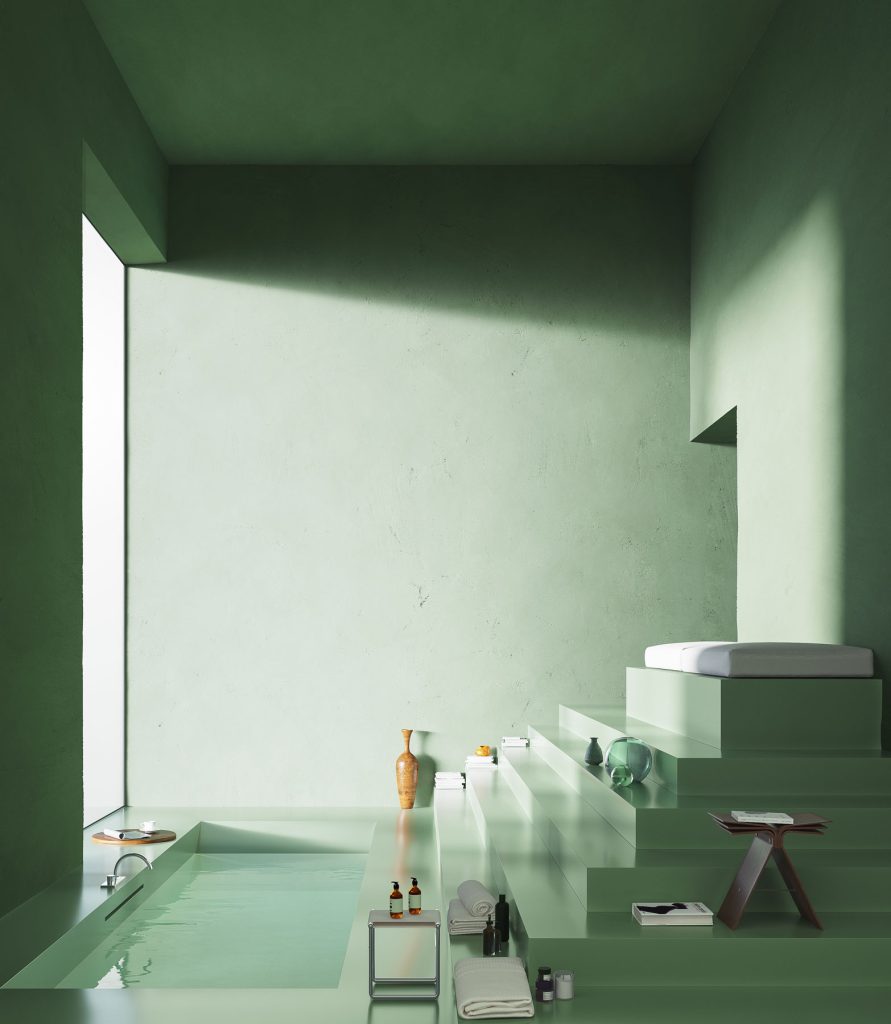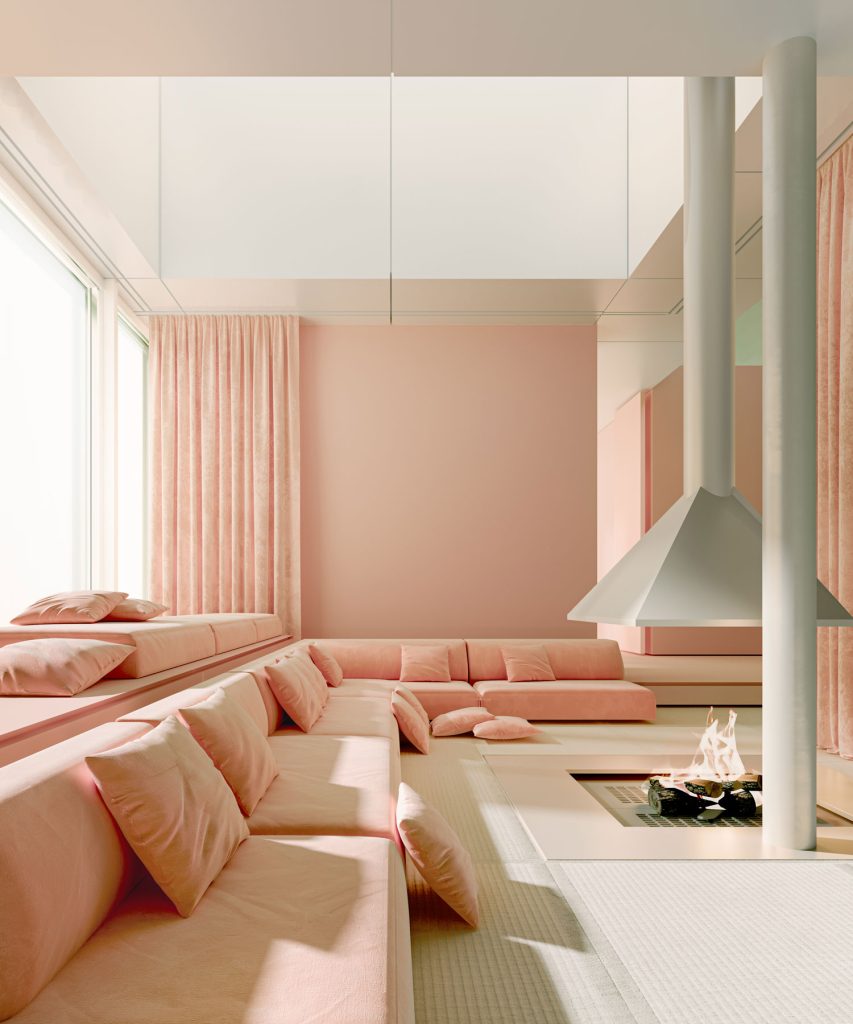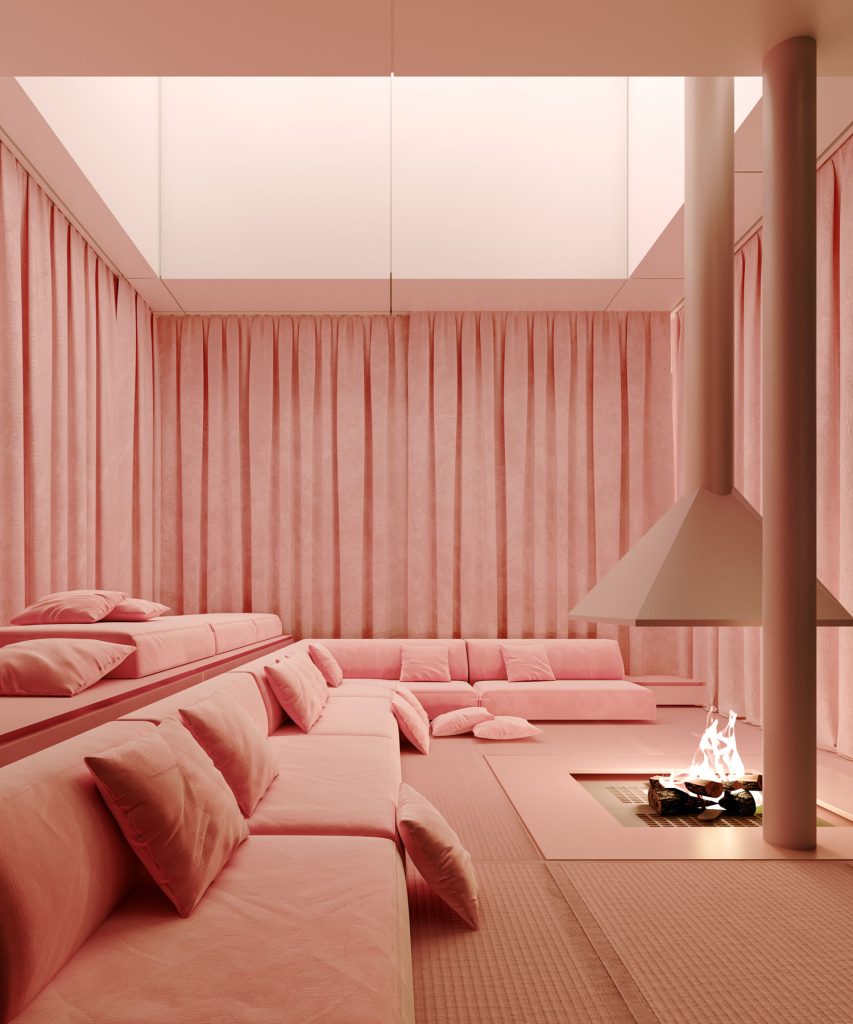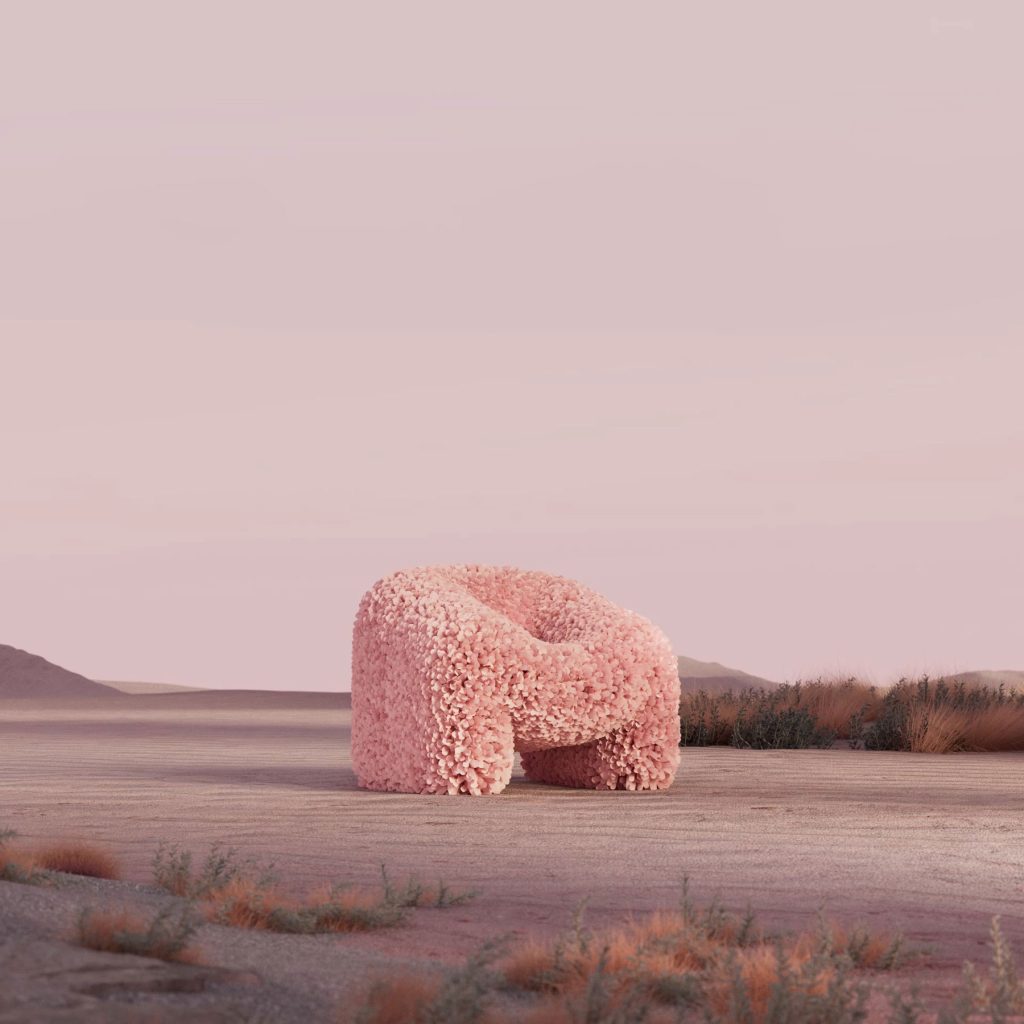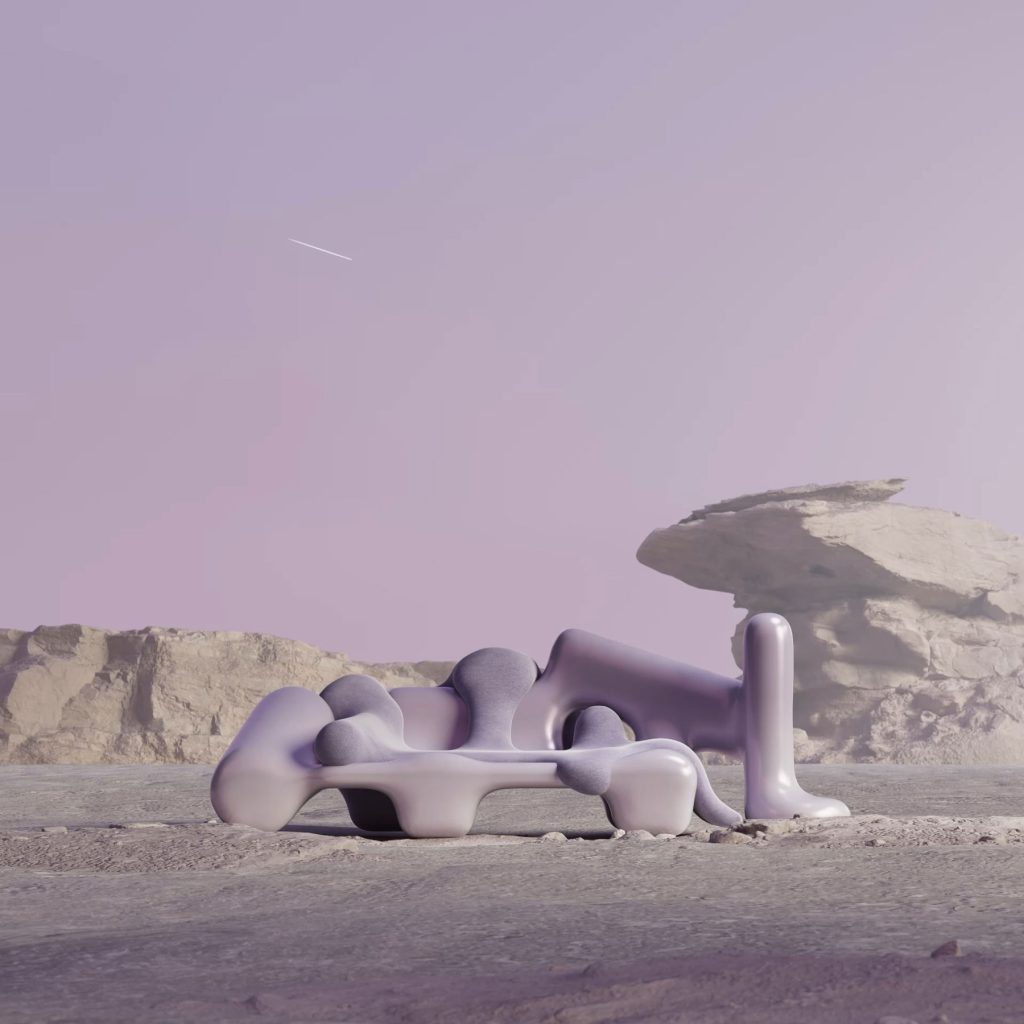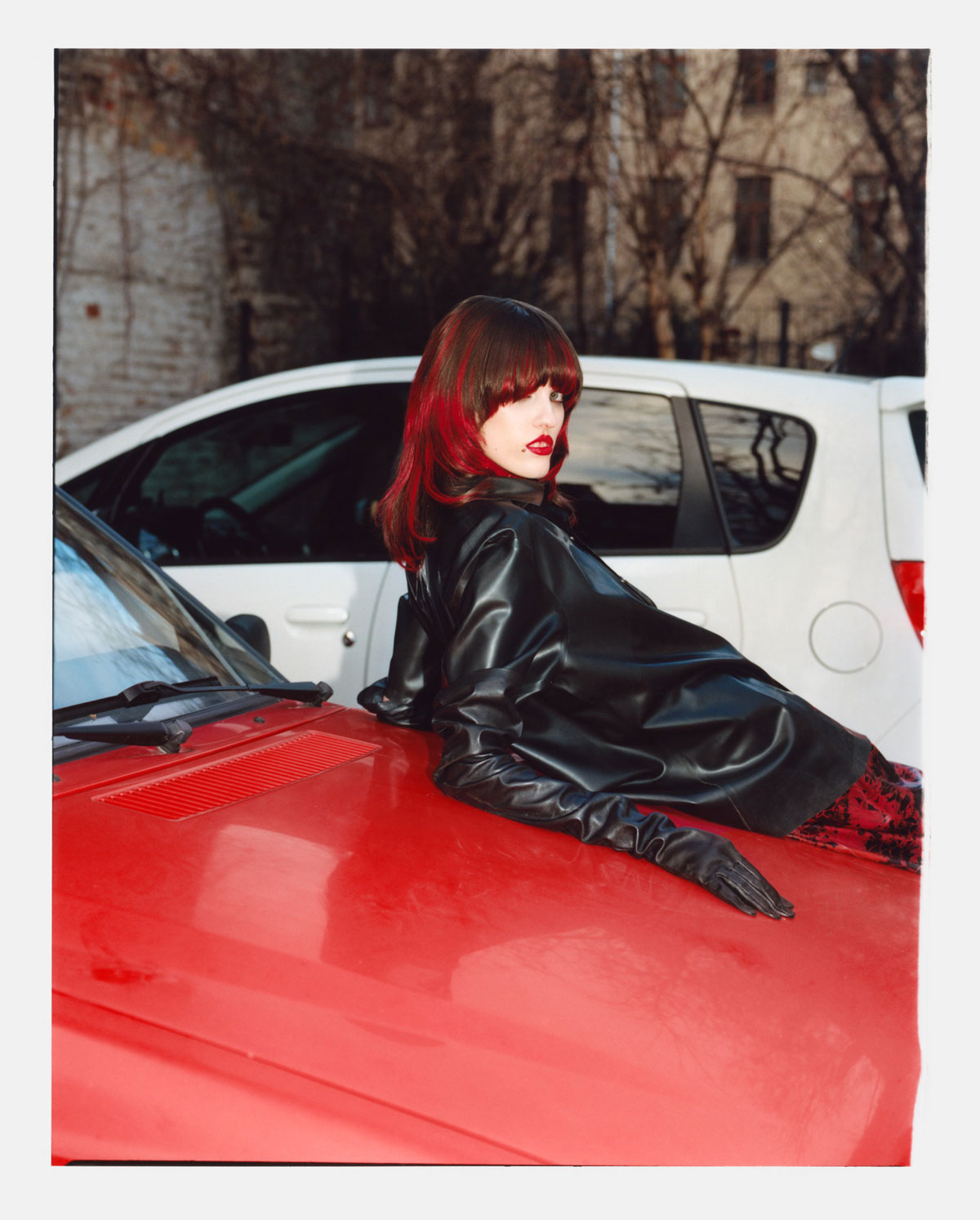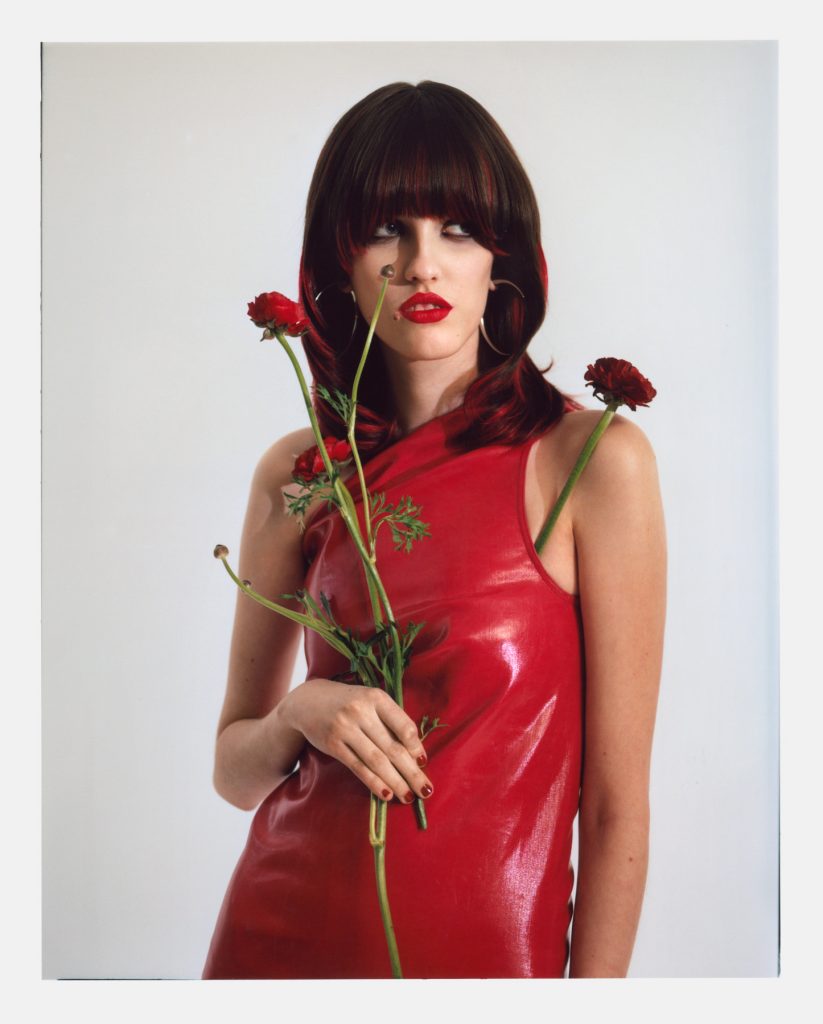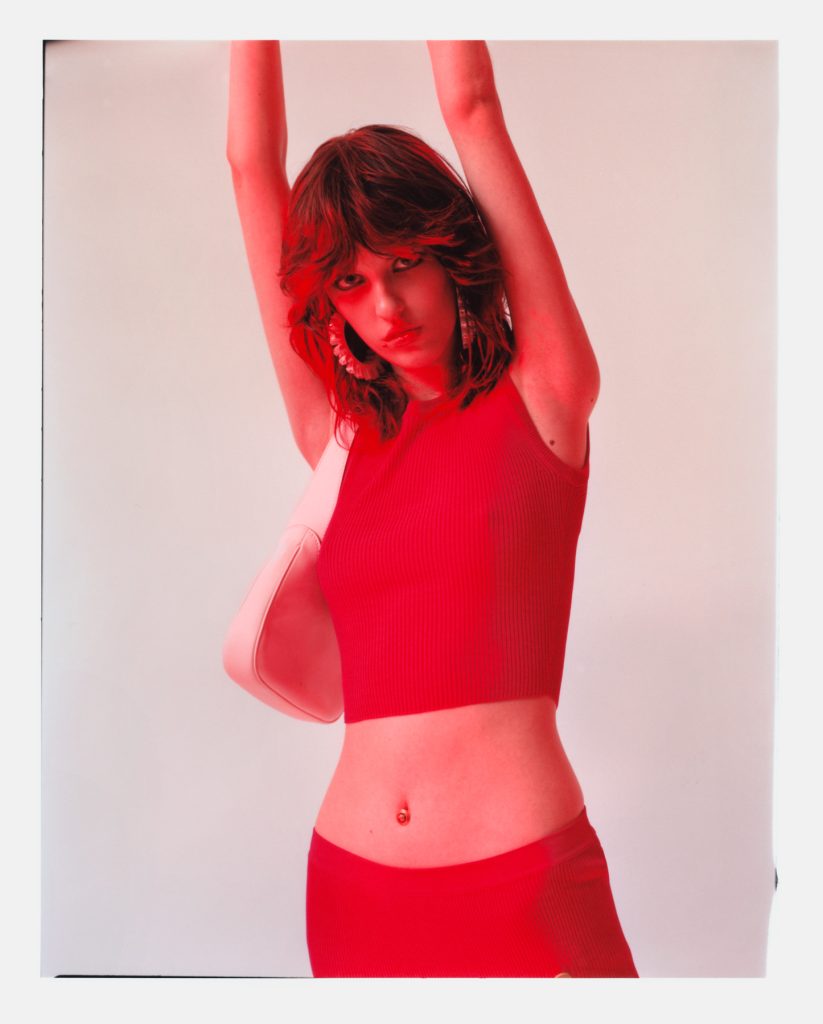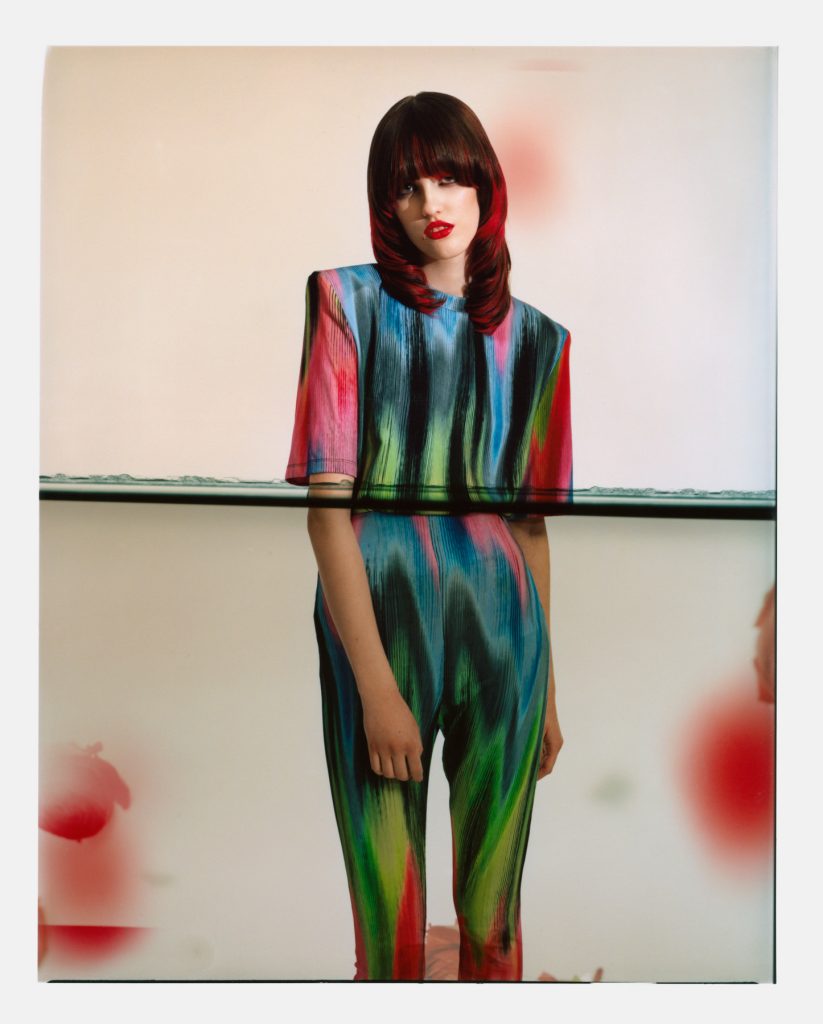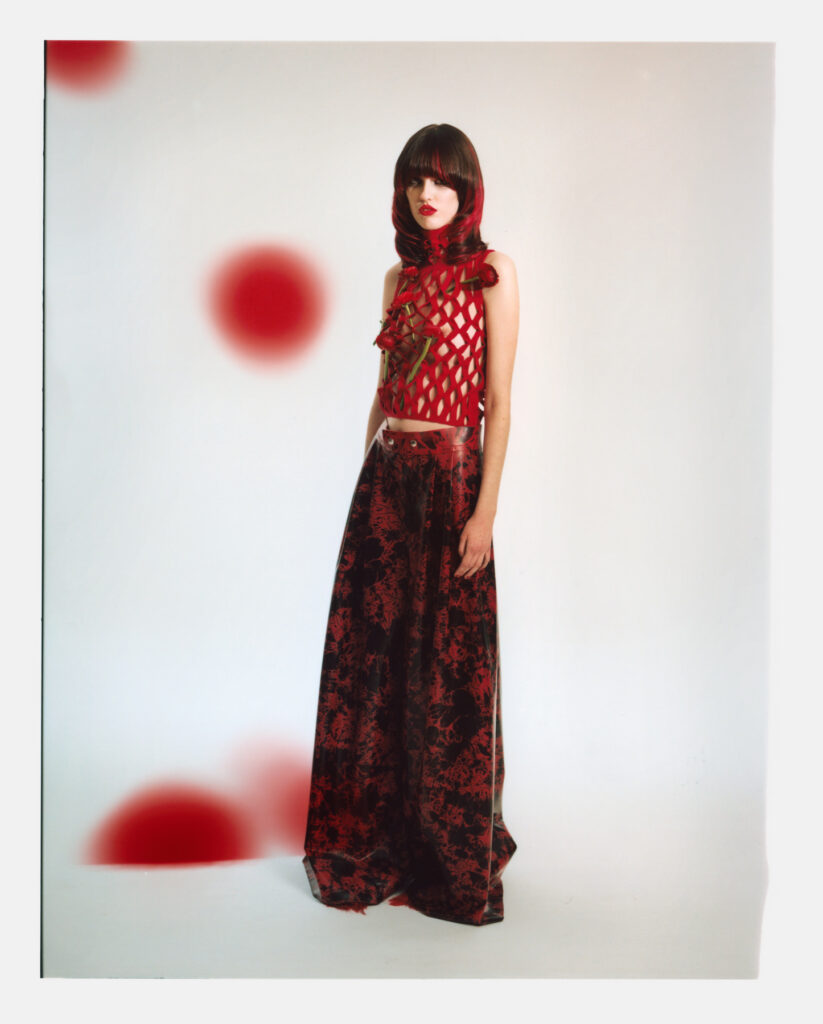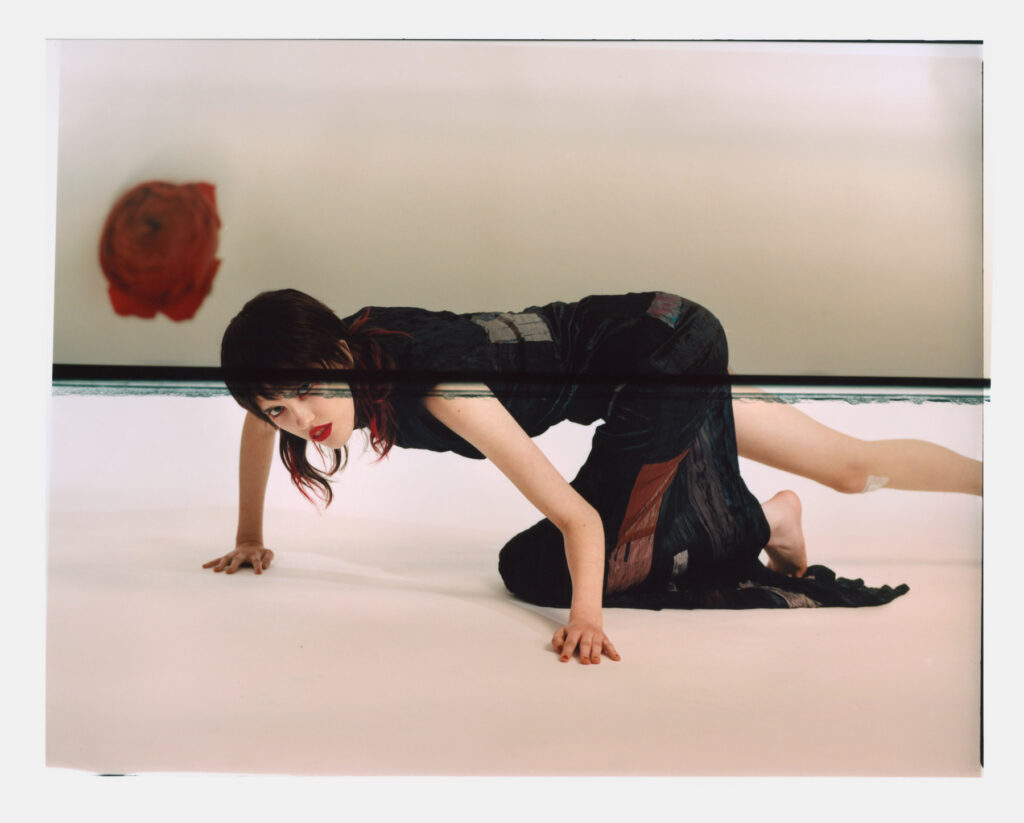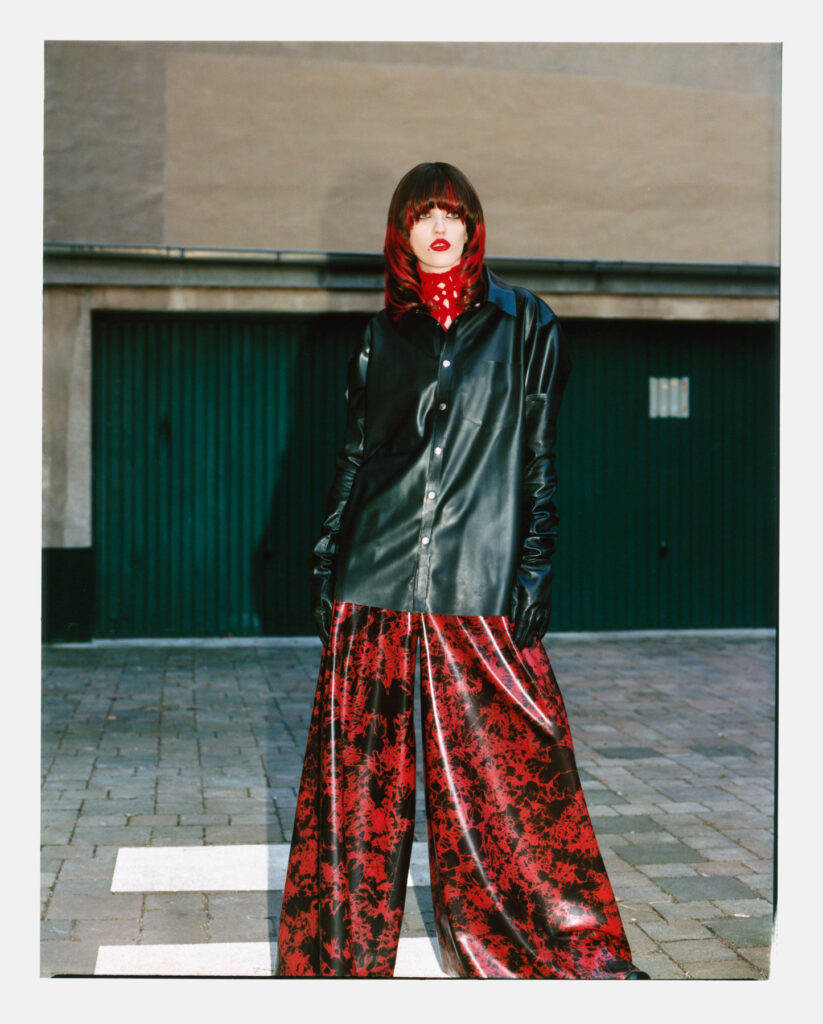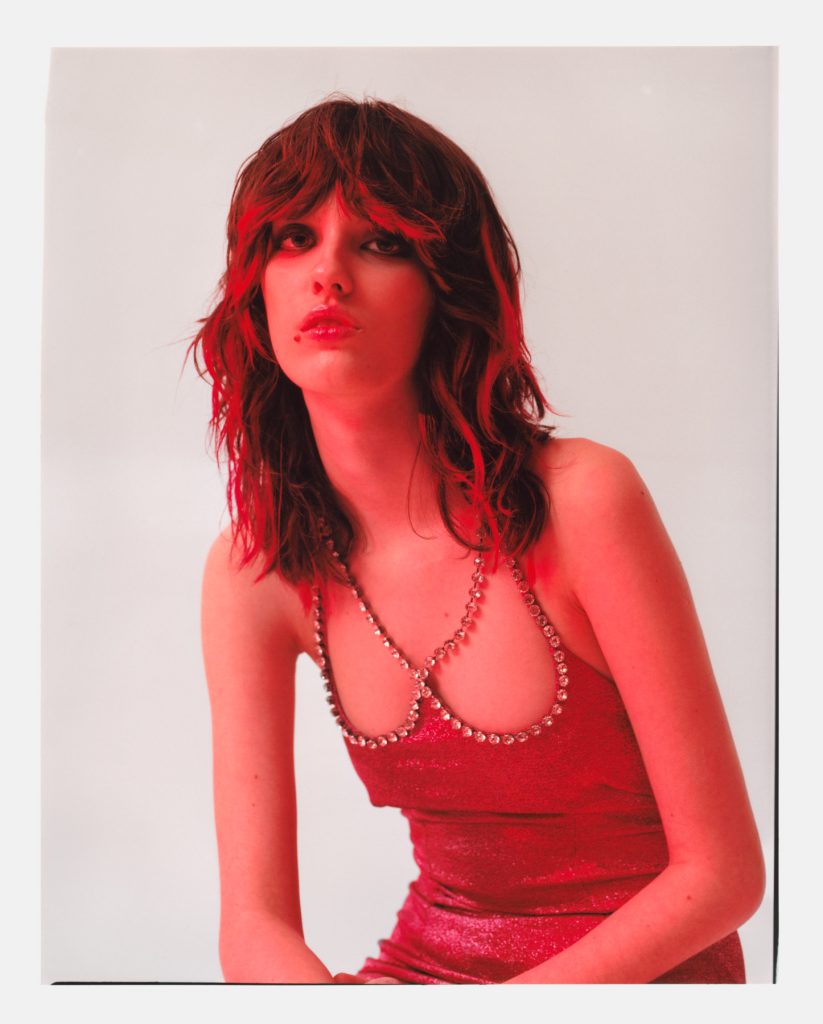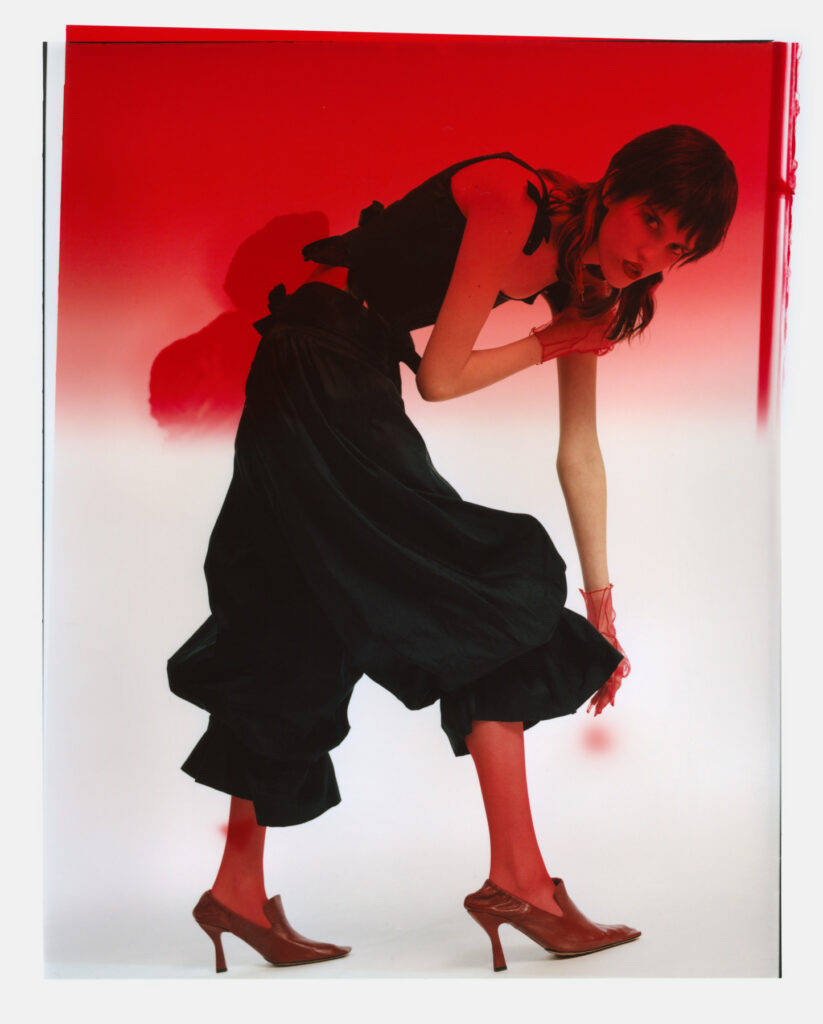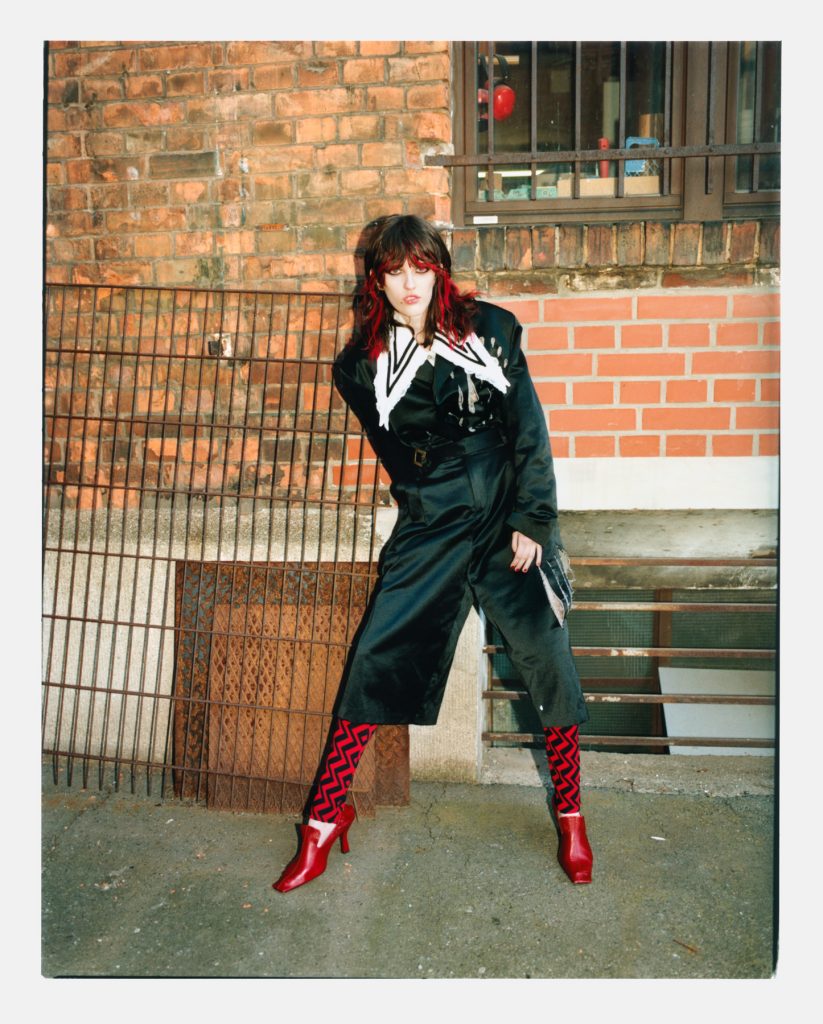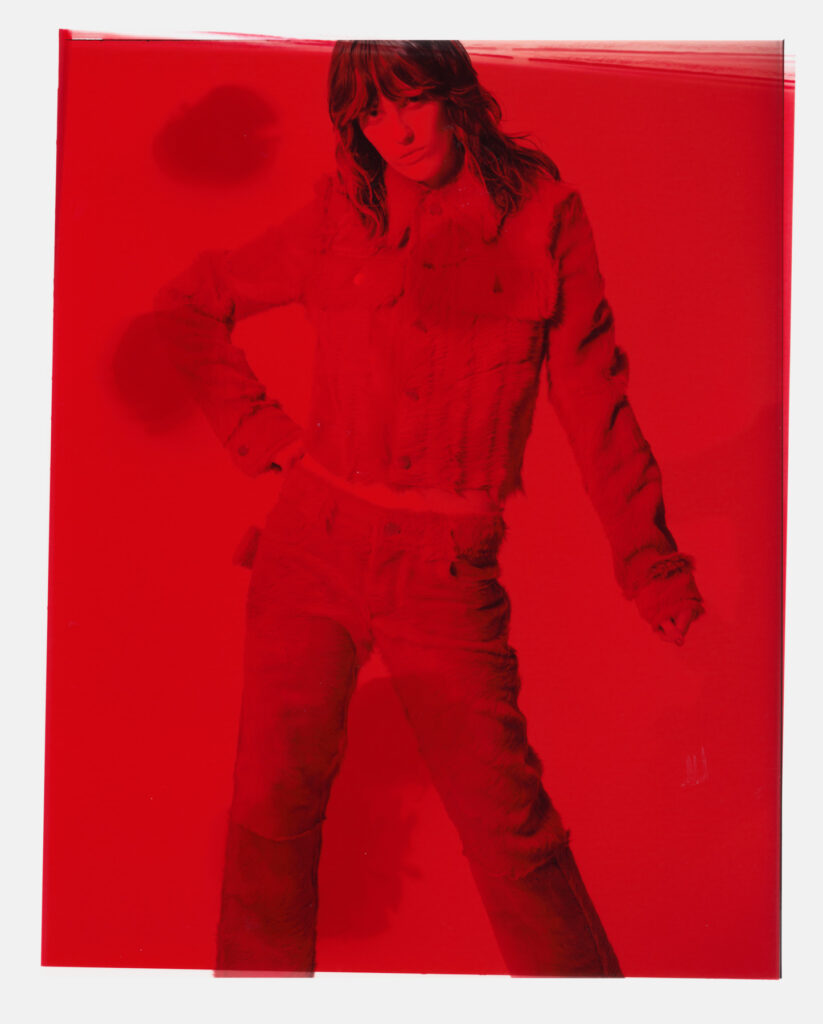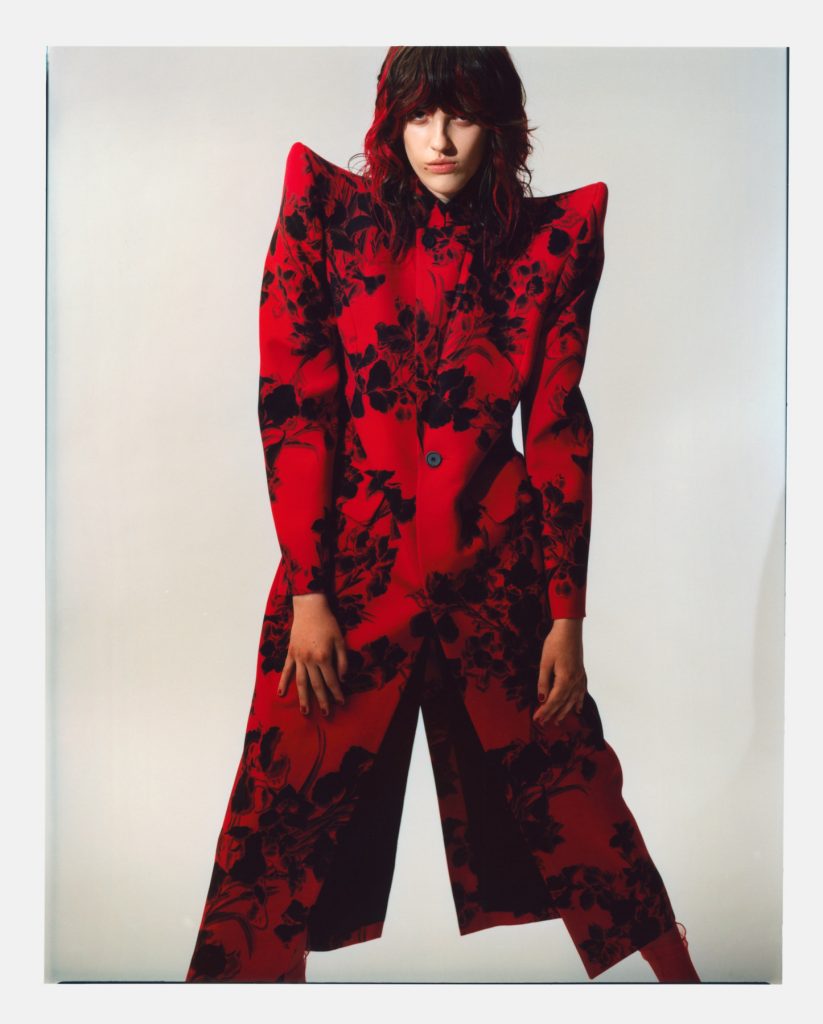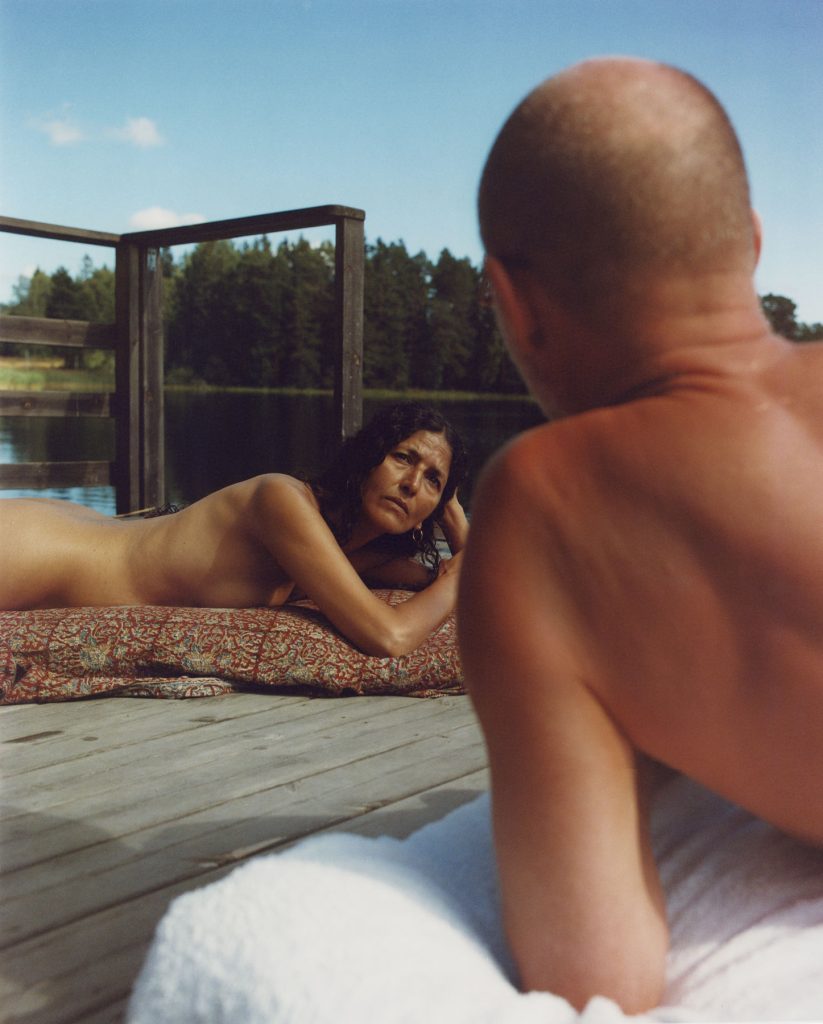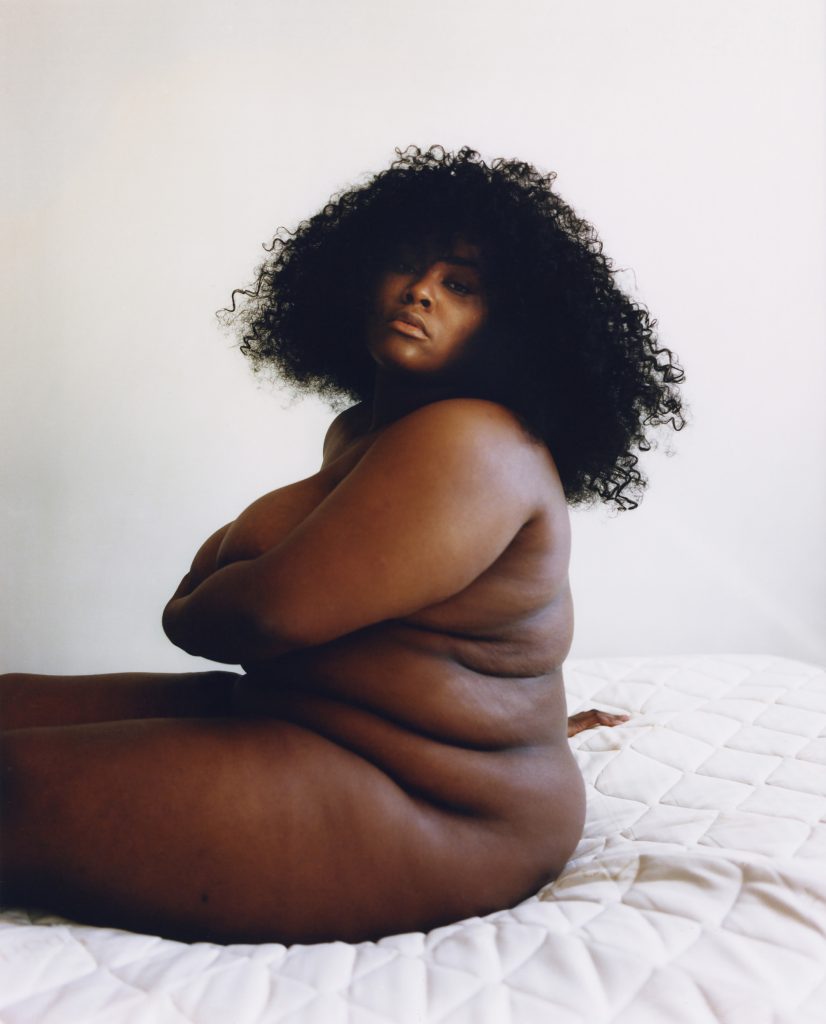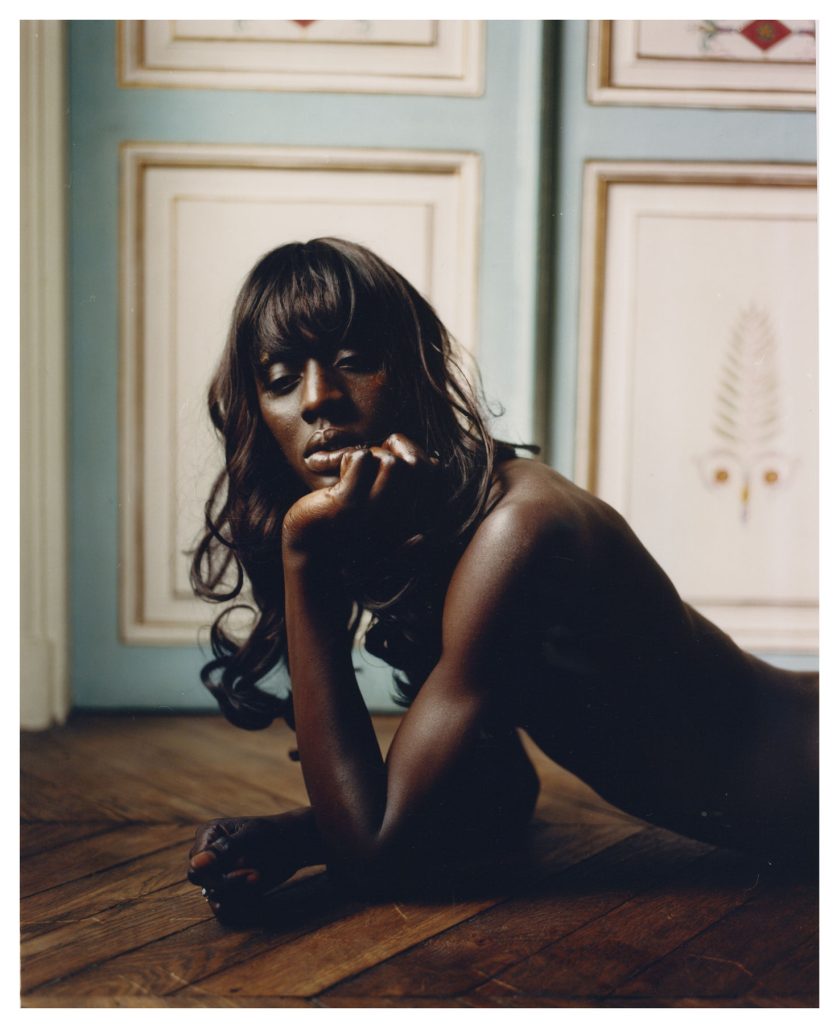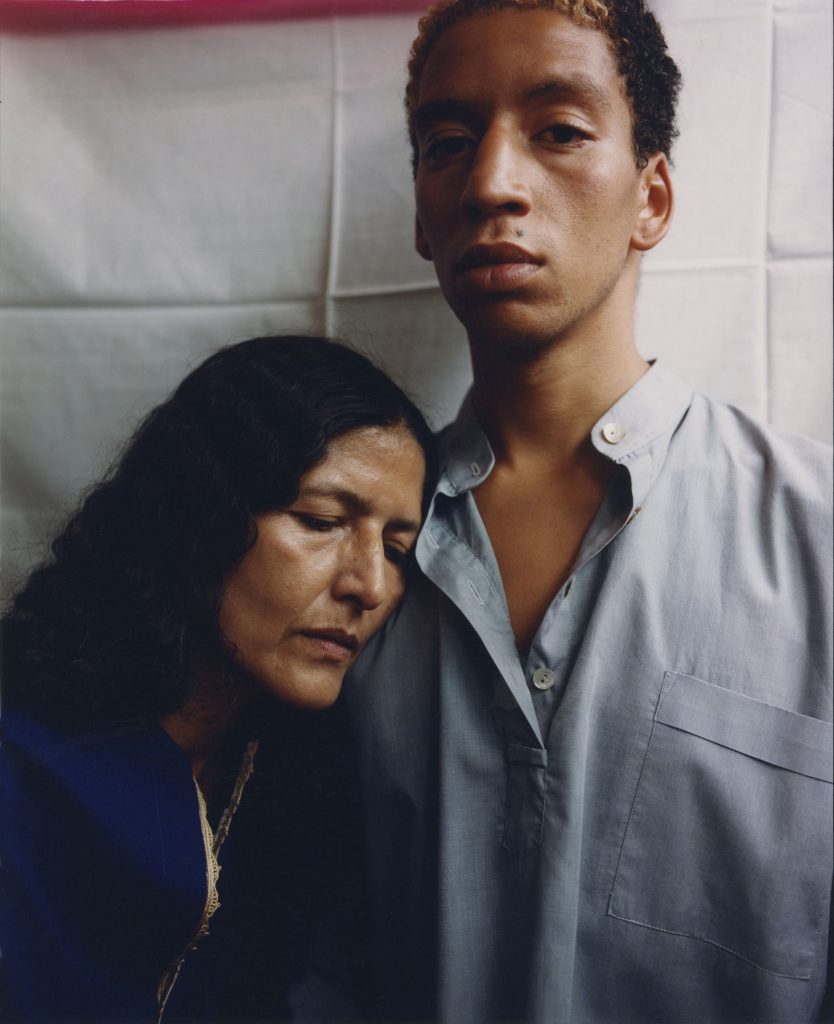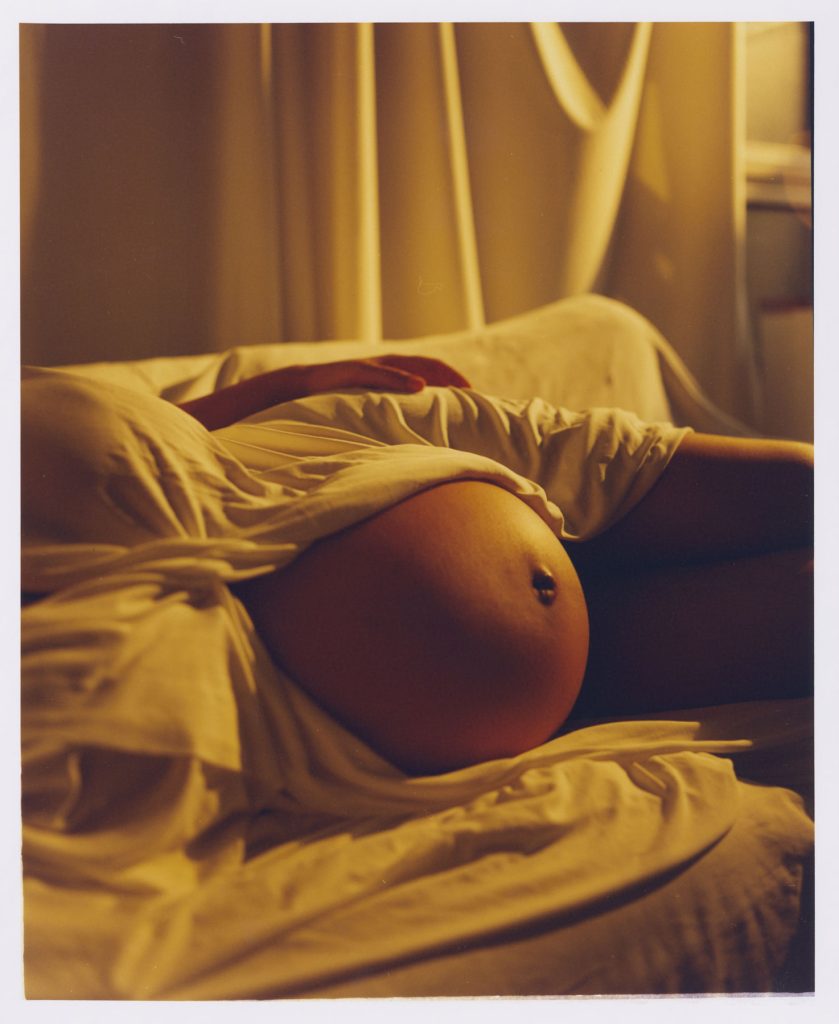NR: Part of your ethos lies in translating future uncertainty into present-day choices. Is it intentional to choose ‘choices’ over solid responses, answers, and actions towards the global questions and demands?
S: Yes, absolutely. The future is plural – there are many possible futures, and they are all unfolding right now, as we respond to your question. Each and every decision we make today affects our futures, and therefore we see them as choices we have today. For instance, politicians and big businesses can choose to stop coal mines but by choosing not to, they are directly affecting our collective futures and those of all of our future generations.
In our work, we scan large trends as well as weak signals to present the sheer breadth of the complex, interconnected uncertainties that lie ahead of us. By taking time to consider these complex uncertainties and how they might be, we invite decision-makers to consider the choices they have today.
I would love to learn more about your first-ever solo exhibition, Subject to Change. The show “invites viewers to remain open to multiple possibilities and navigate the uncertainty caused by imminent climate catastrophe with active hope.” What multiple possibilities concerning the climate catastrophe are there for the viewers to pick up and use to take action?
Subject To Changeis a collection of Superflux’s four recent works – addressing a range of present-day challenges – from climate crisis to ambient technologies, political unrest, and culture wars.
In Trigger Warning we attempt to surface the widespread civic unrest caused by algorithmically mediated networks, clashing culture wars, and warring ideologies. The fast-paced journey through a city of memes is a critical commentary on where our networked culture has brought us to.
Building on this, our more recent film The Intersection and its accompanying artifacts take us to the end where the seductive power of the metaverse, algorithmic journalism and greed lead to destruction. This time, we wanted to give a glimpse of the way forward, a future where we craft new, hopeful, and enduring relationships with our planet, with technology, with our land, and with one another.
With our more immersive installation works Refuge for Resurgence and Invocation for Hope, we challenge long-standing histories of human exploitation and greed by reframing the human in direct interdependence with other species. In one room, visitors will encounter a majestic oak table inviting different species to dine together, thus acknowledging our shared purpose, our shared fates, a mythopoetic of our unison.
In the film of our installation Invocation For Hope, visitors will journey across wildfire-destroyed monoculture forests to a space of multispecies hope, a chance to reflect on our ecological, economic, and emotional entanglement with all species on the planet. When we love our earth, rivers, rocks, mountains, birds, animals, plants, and fungi, we care for them. And what we care for, we protect. We believe this is a simple but powerful message for action, framed through a poignant, mythical story, folklore, and sensory immersion.
We hope Subject to Change is timely and prescient.

